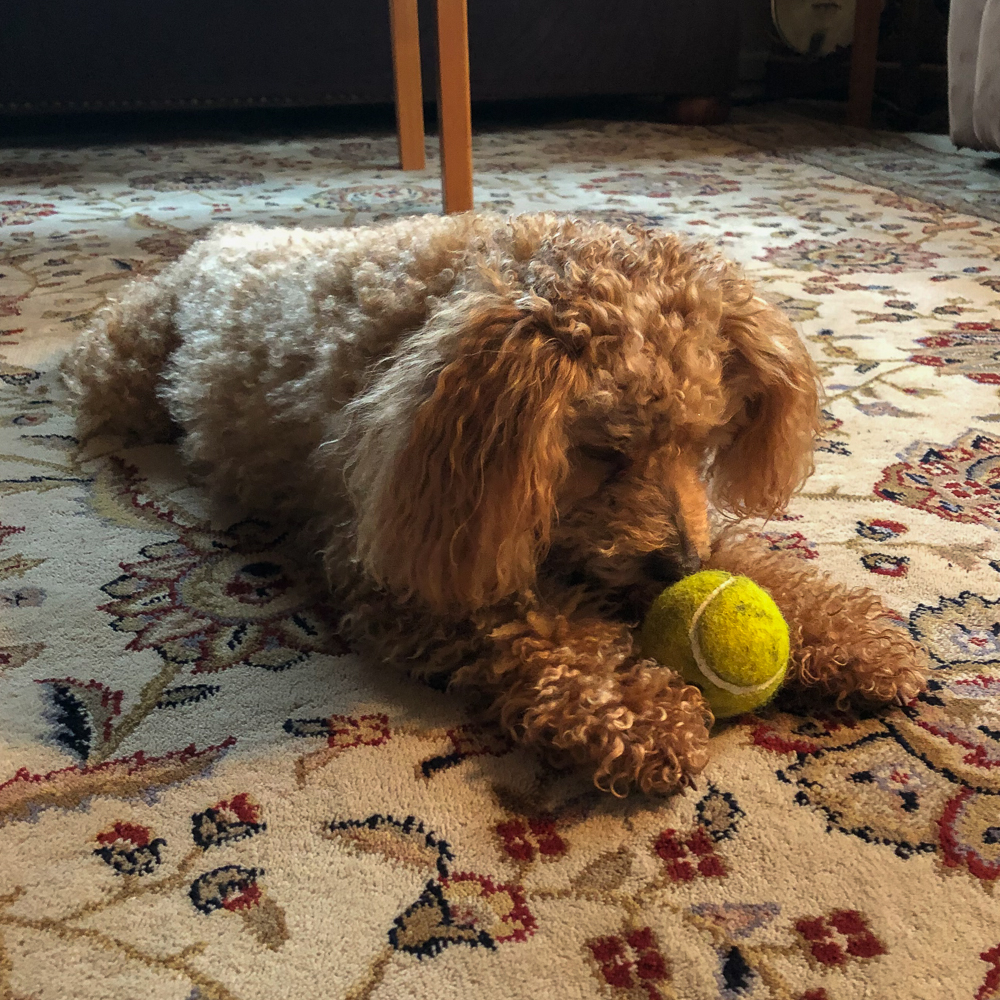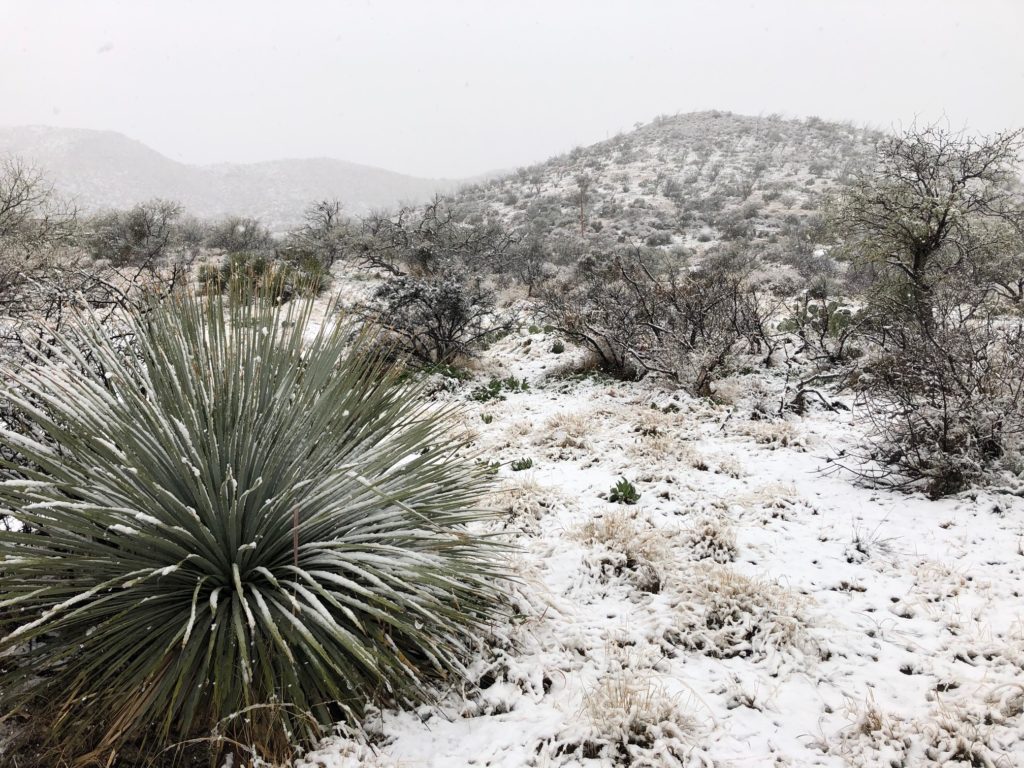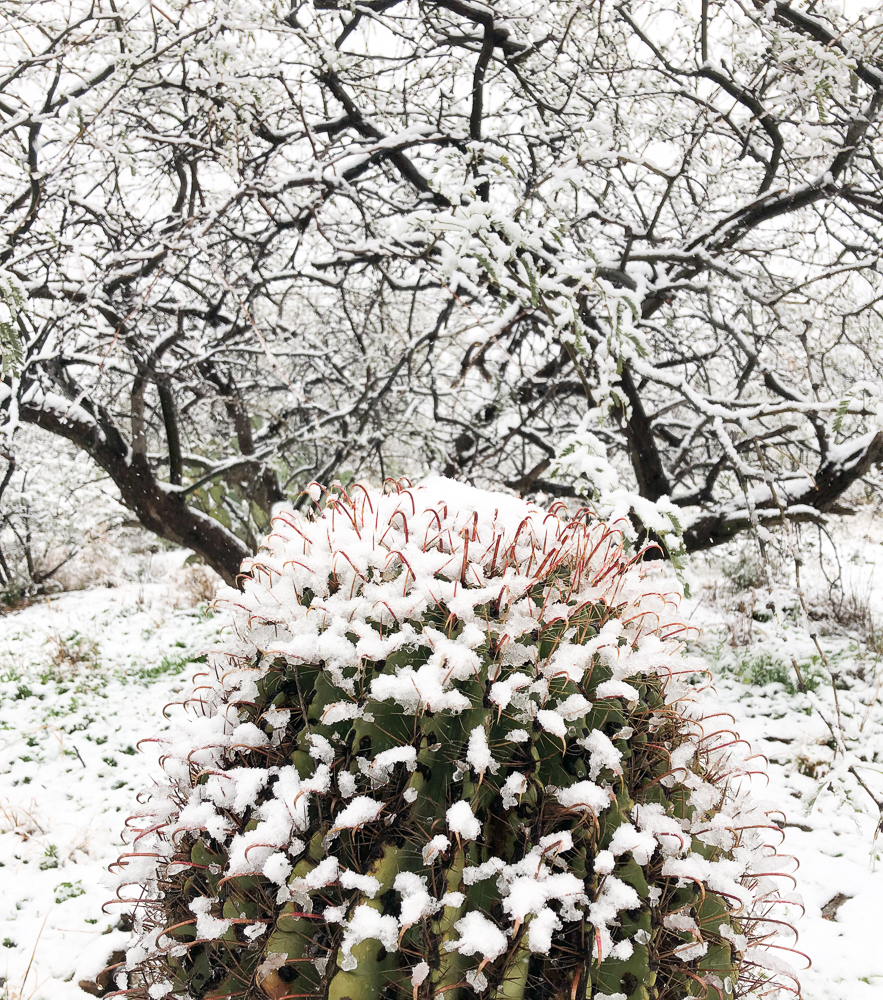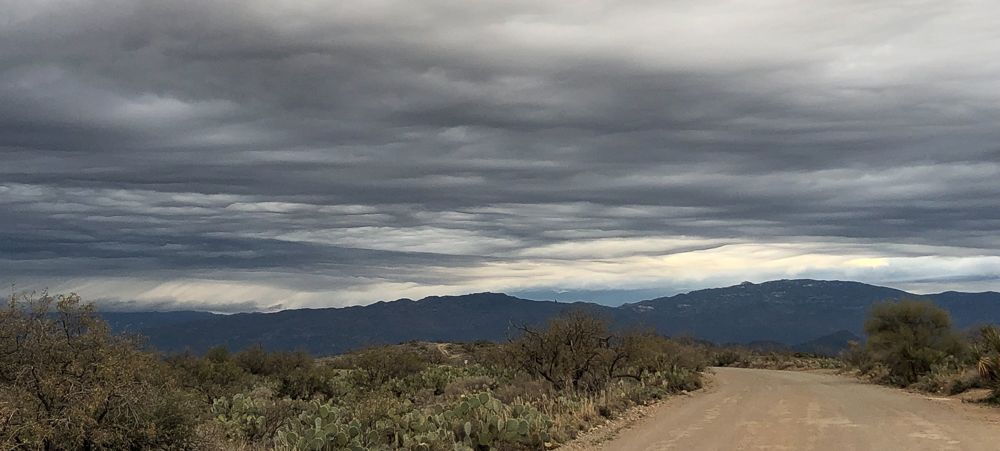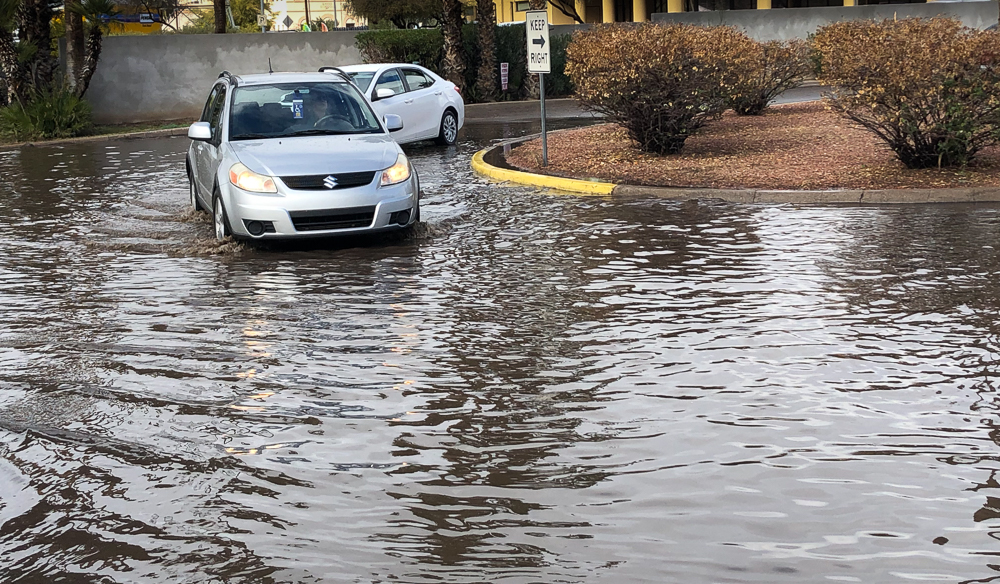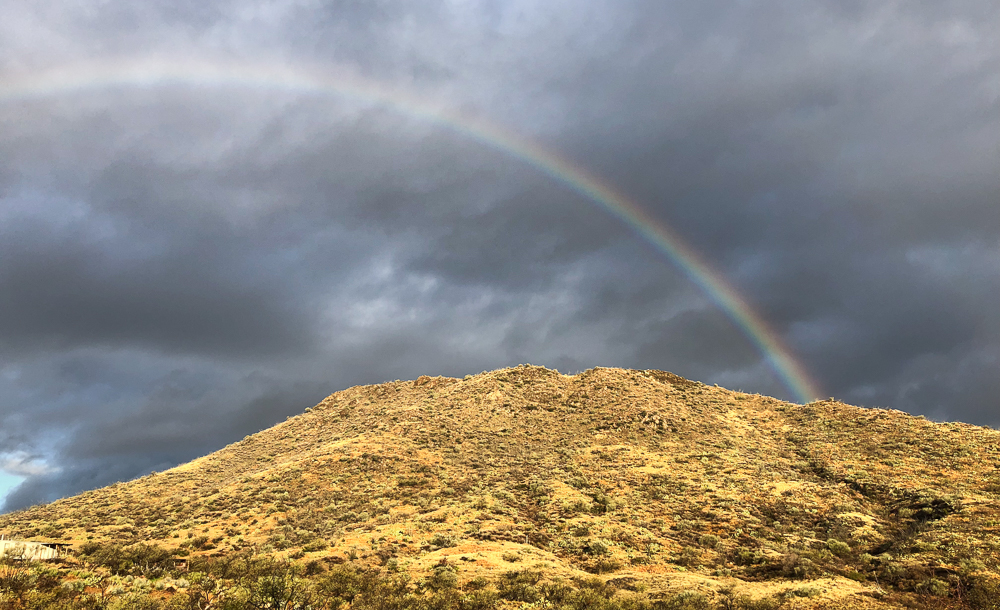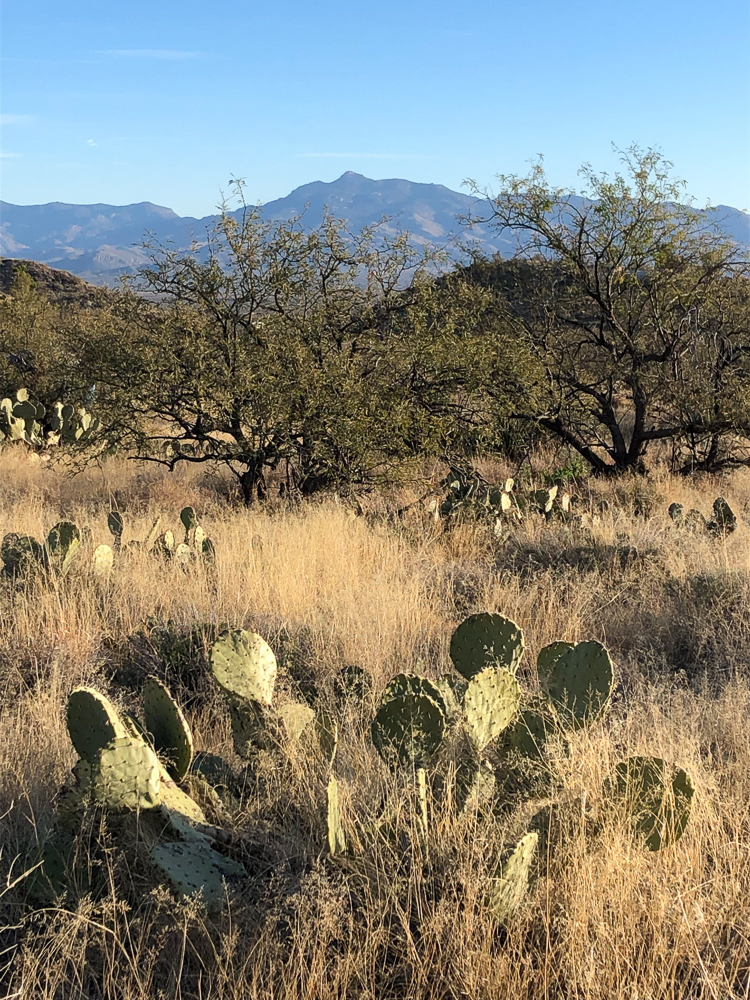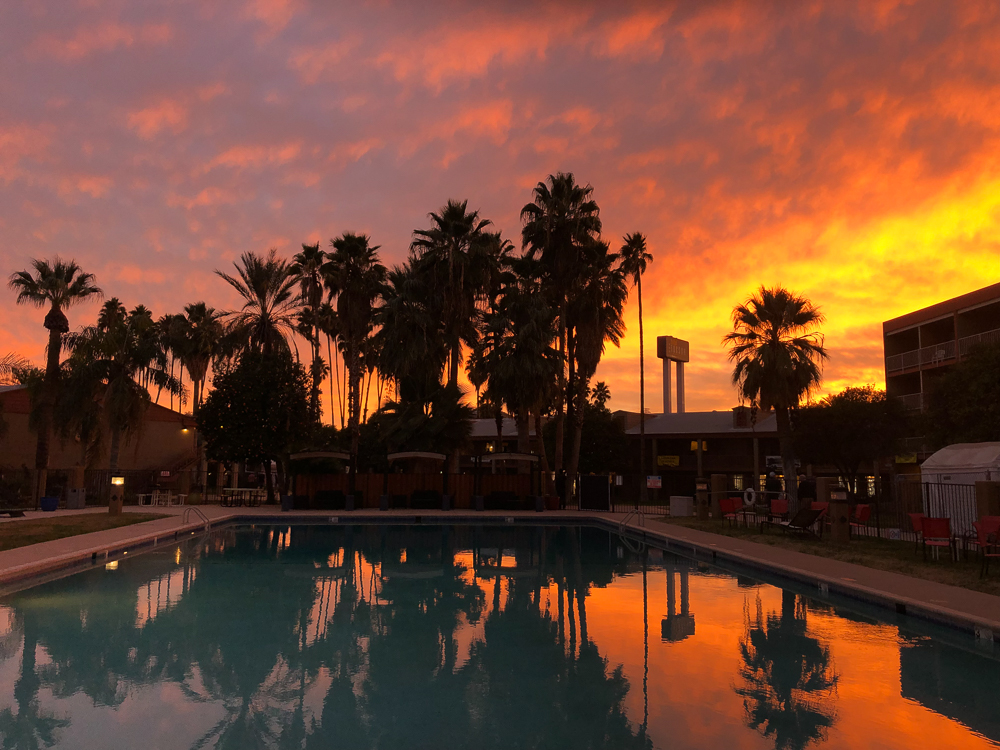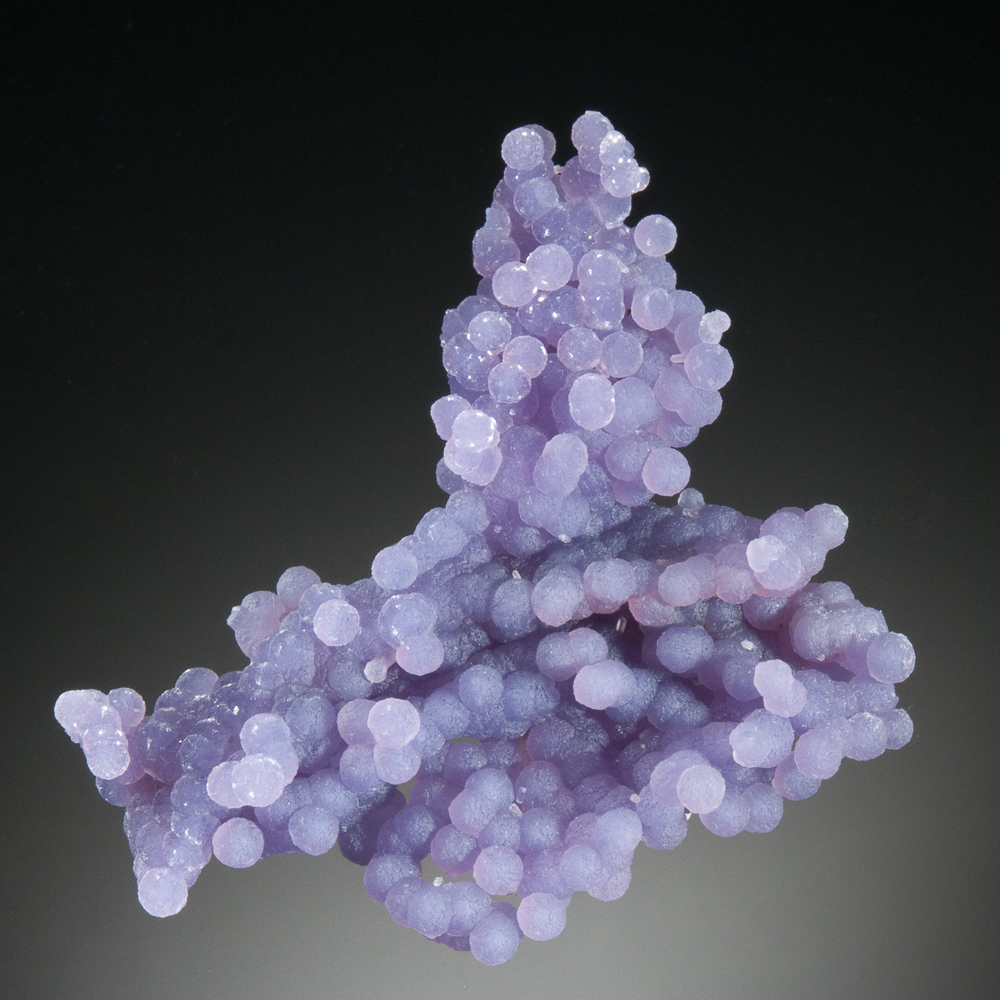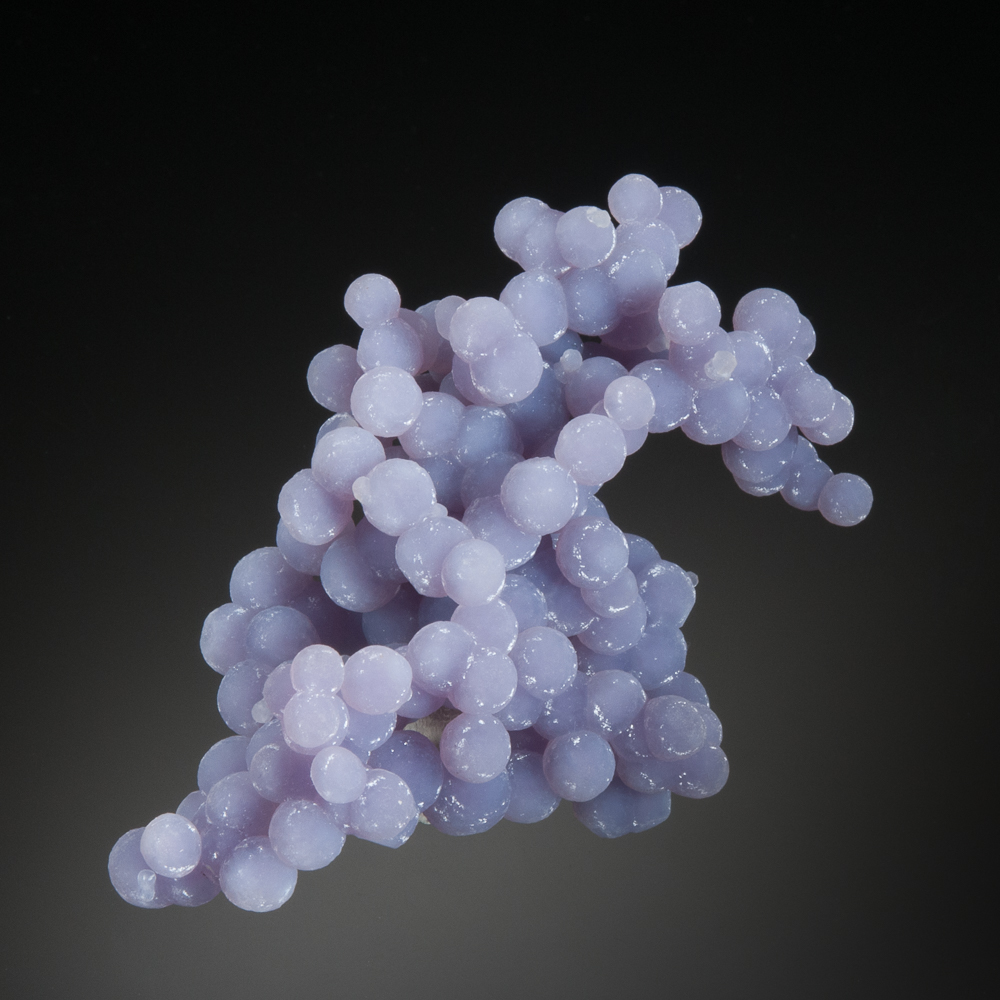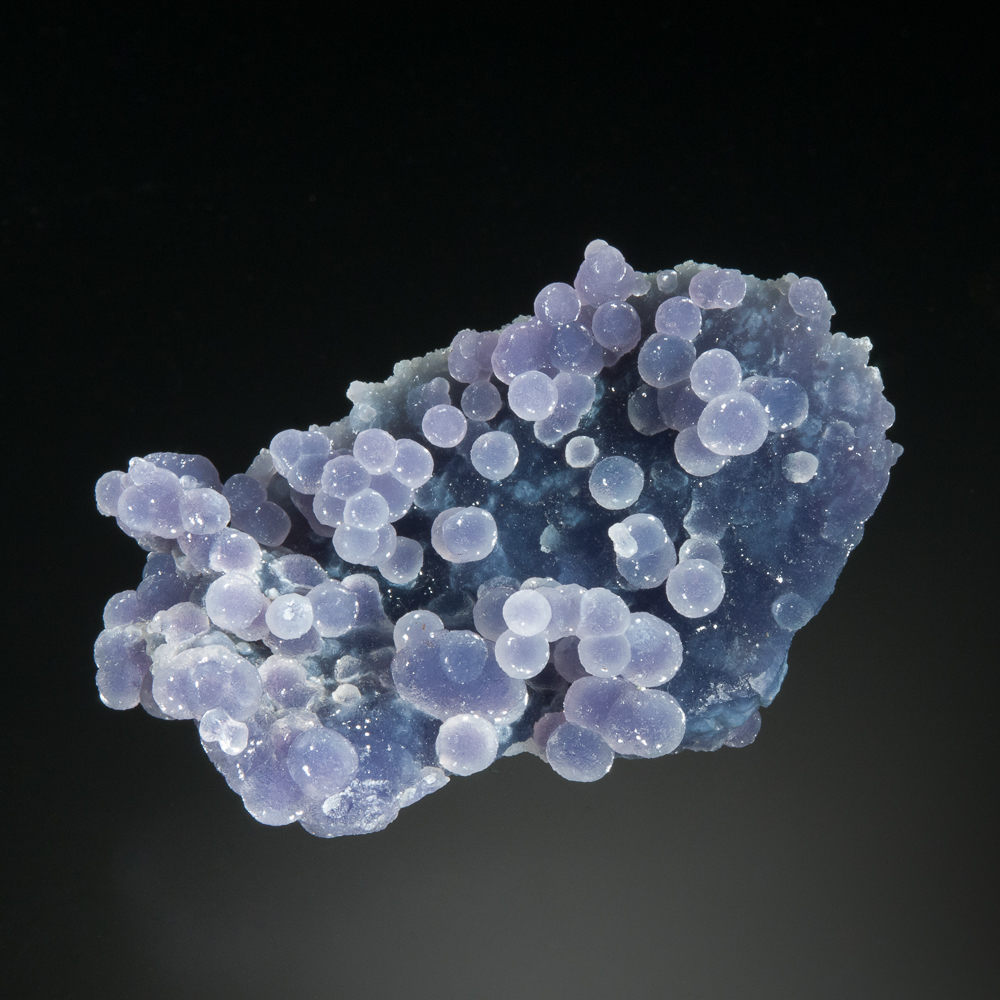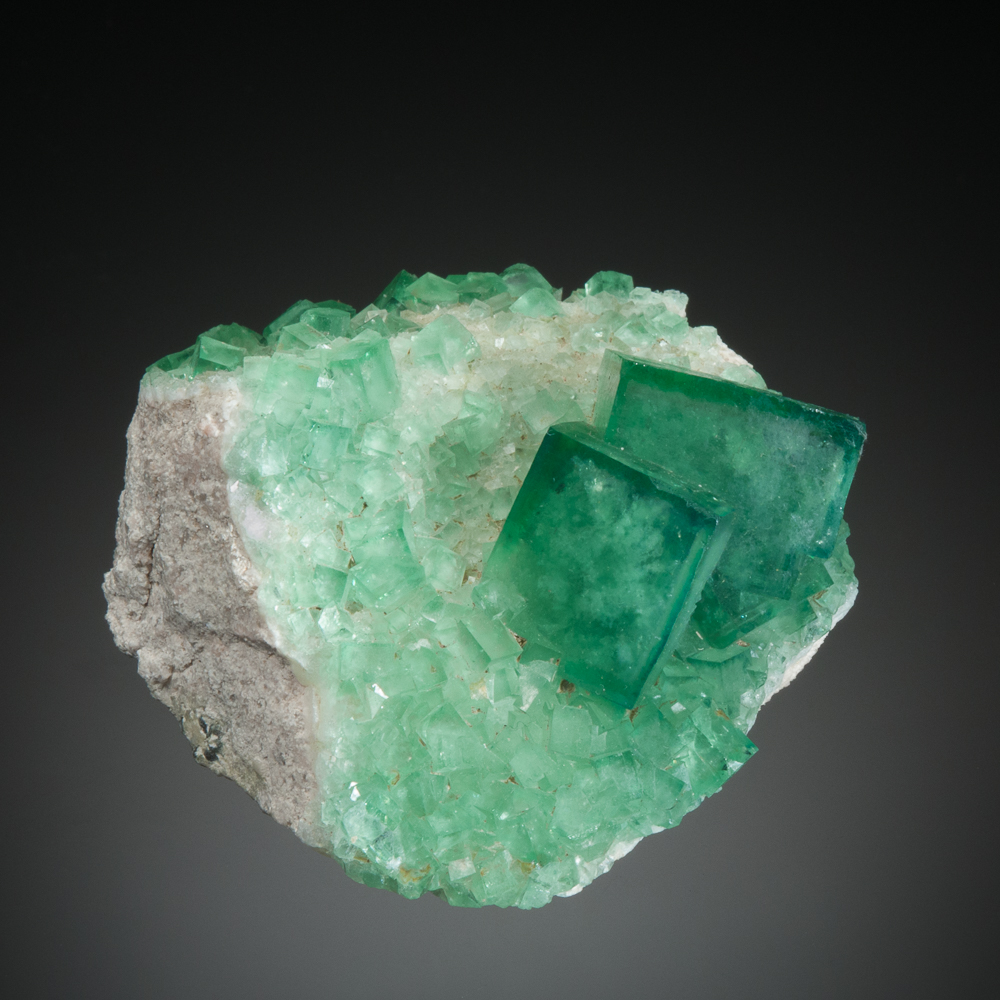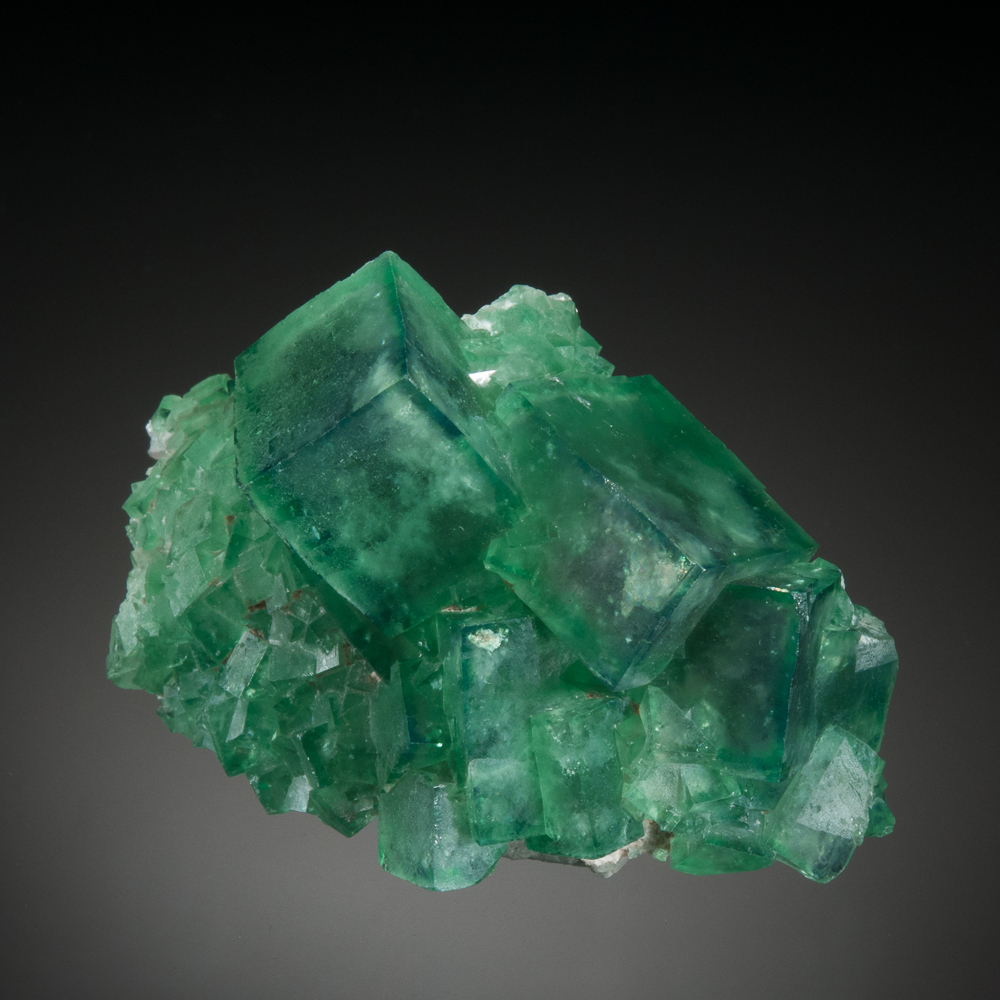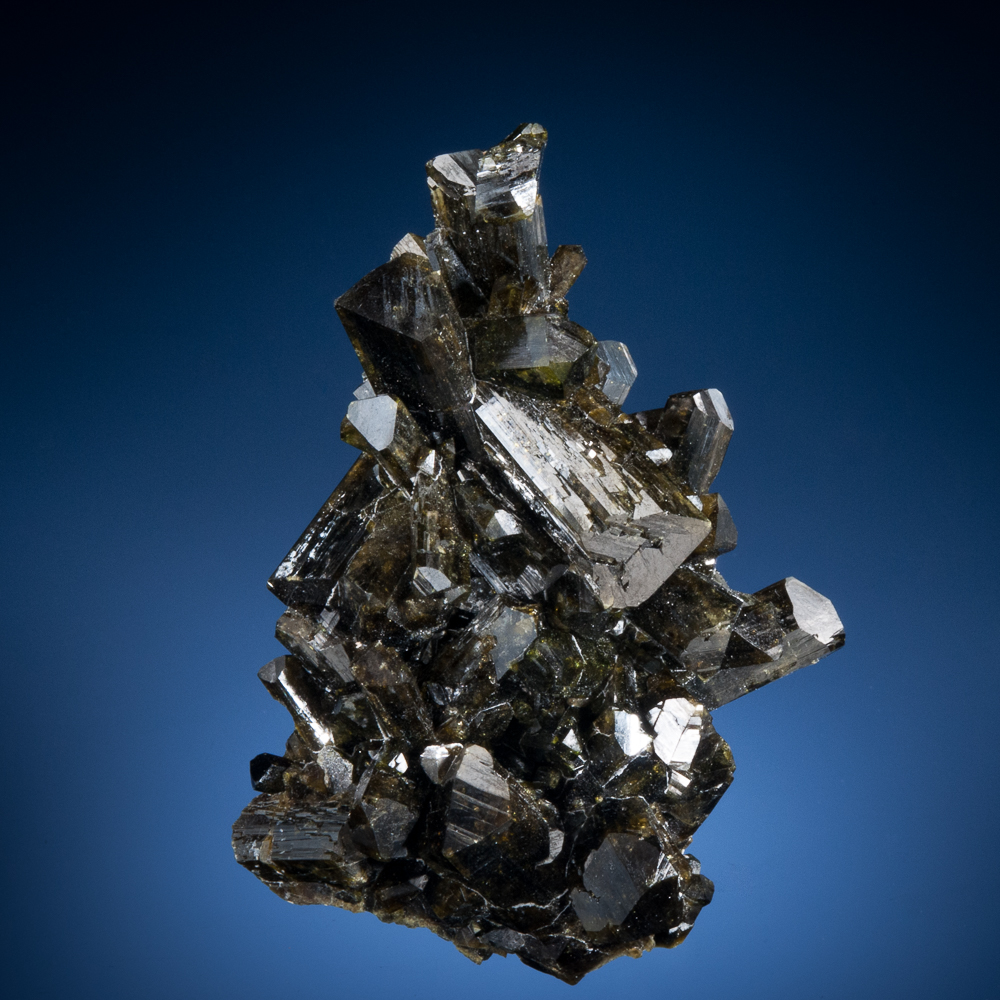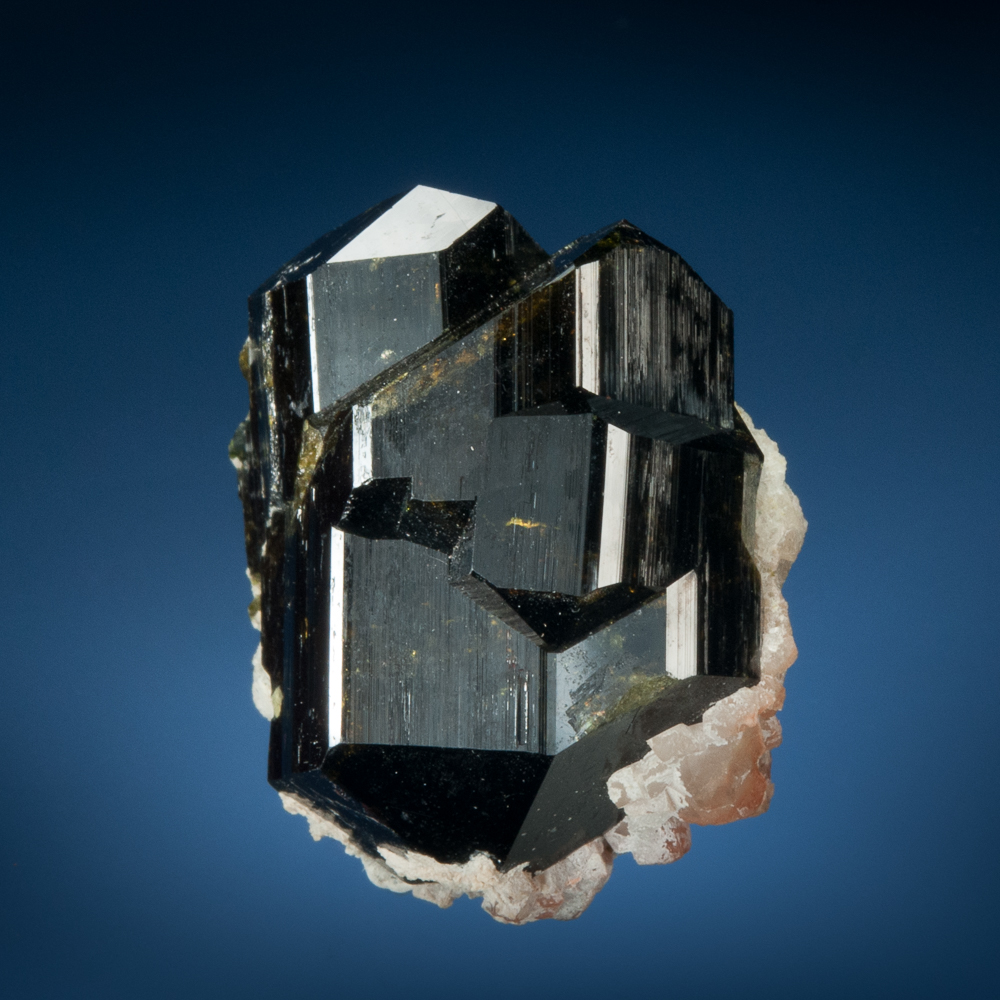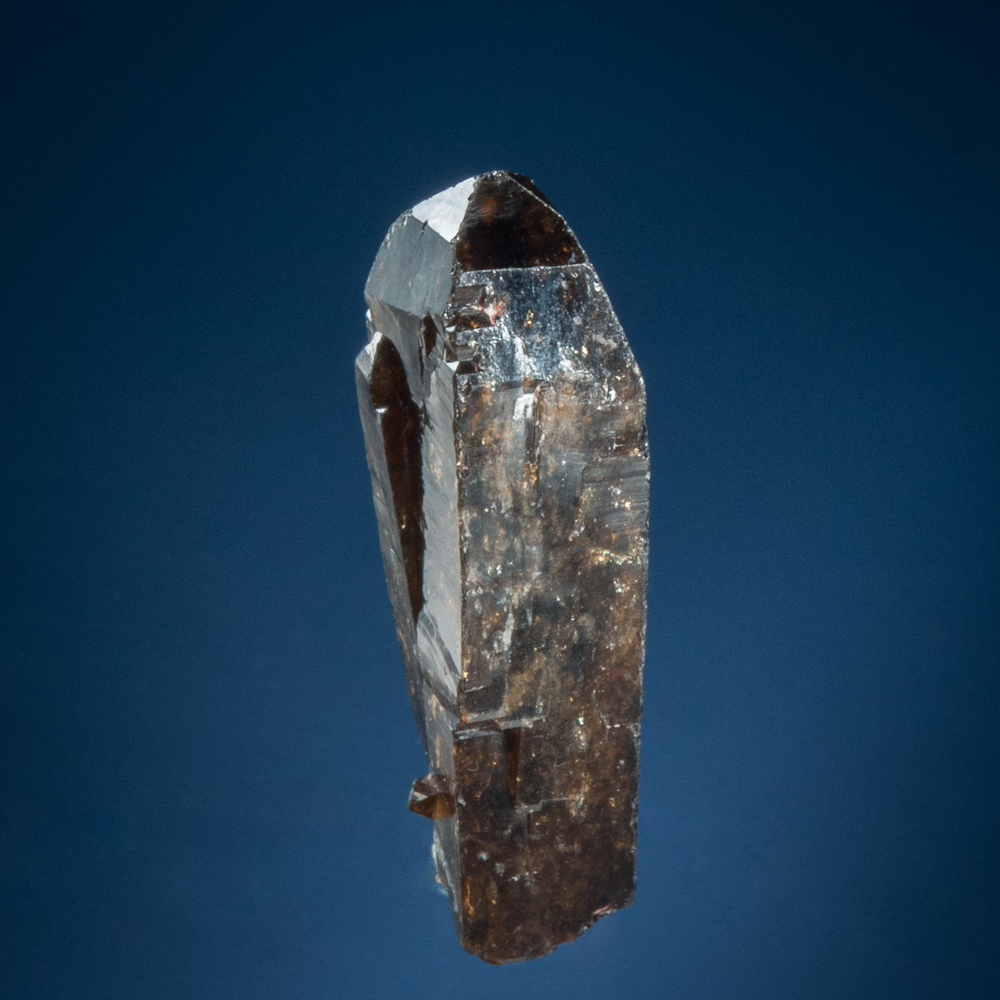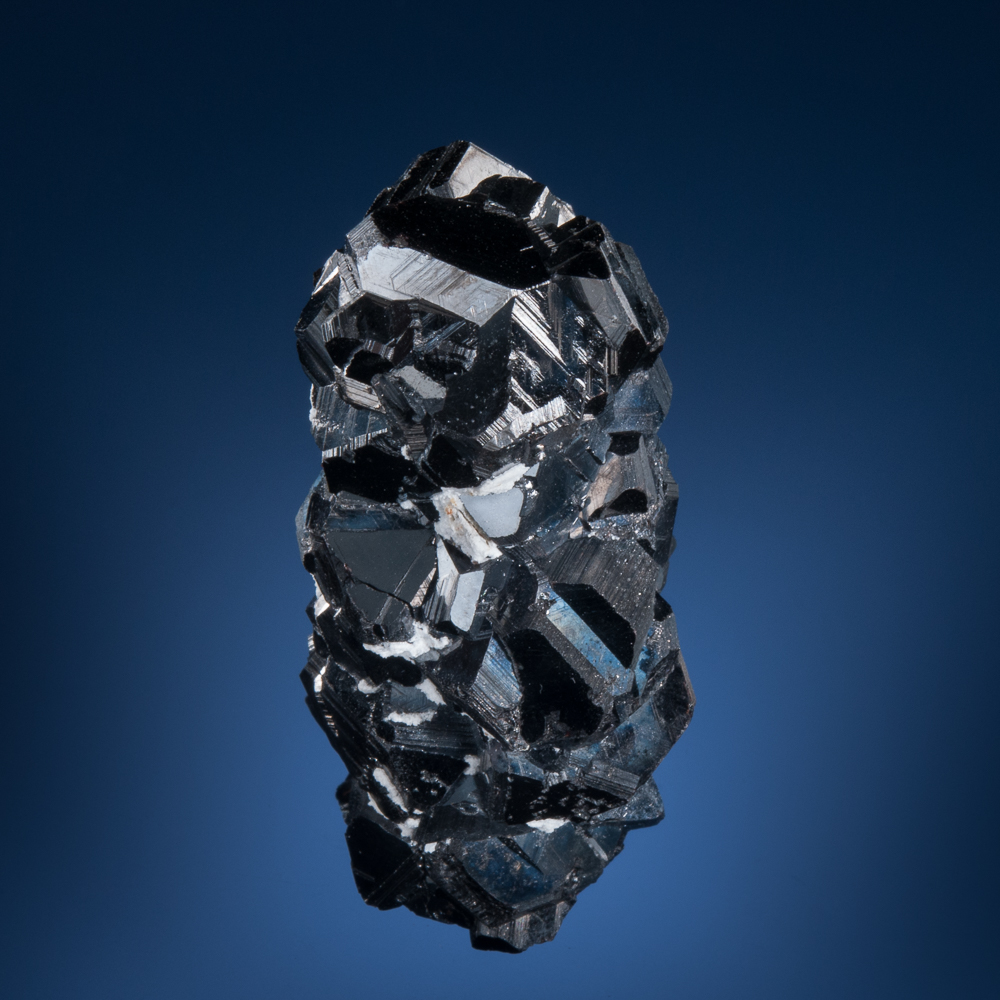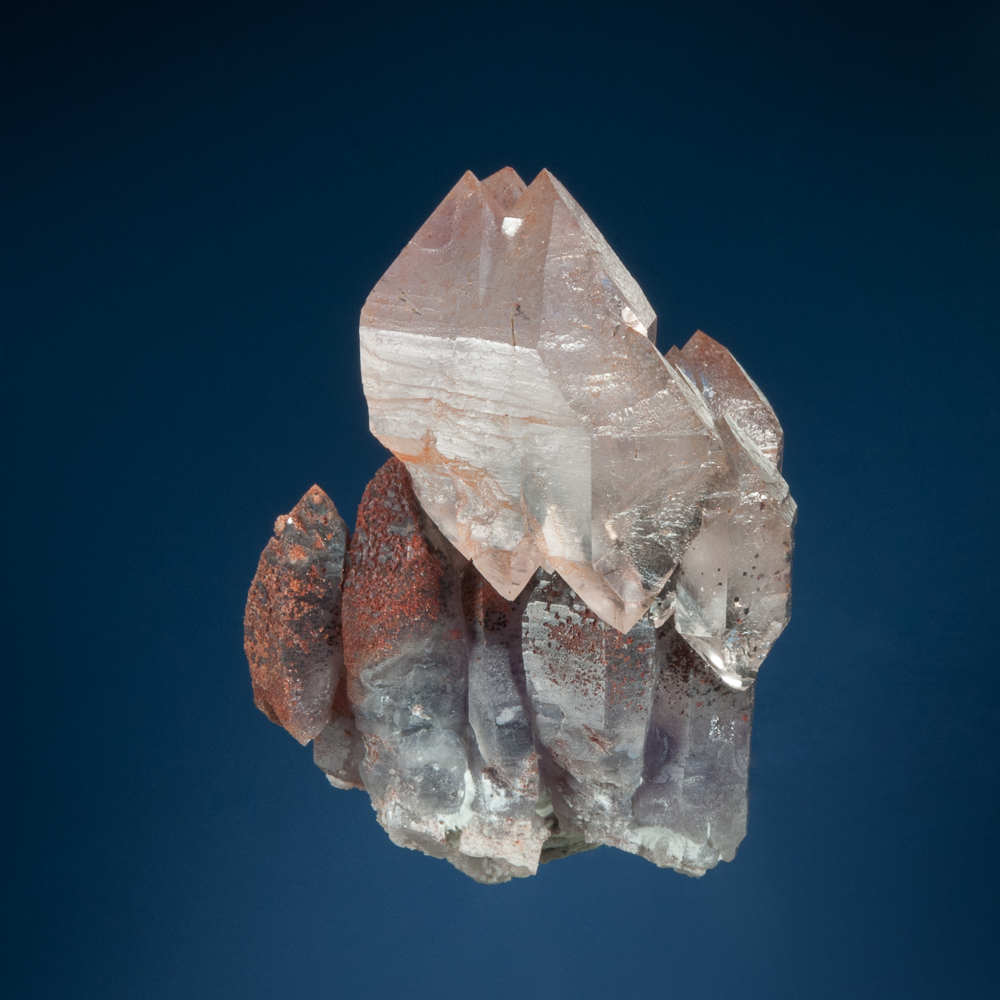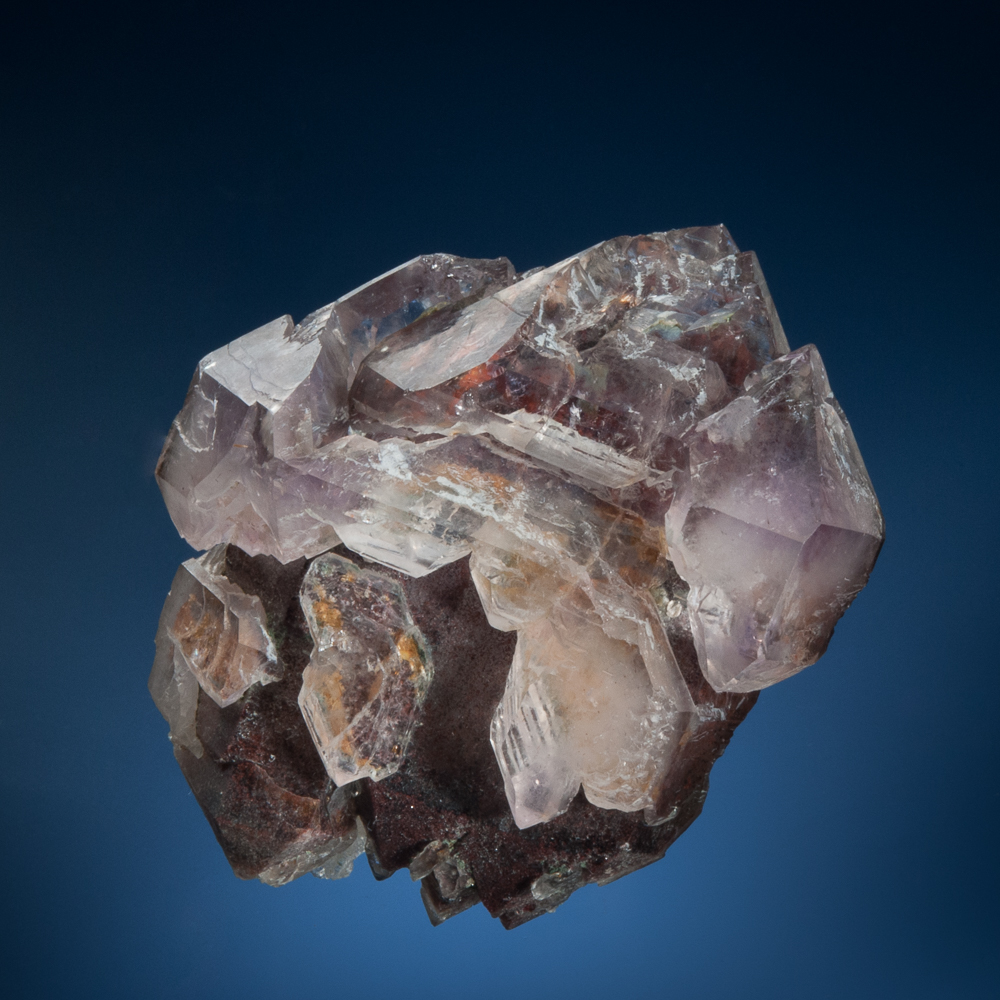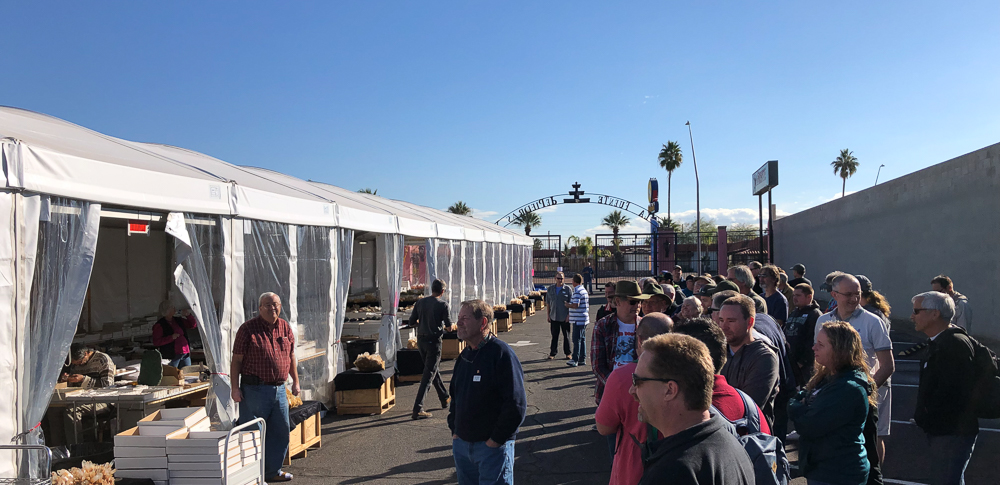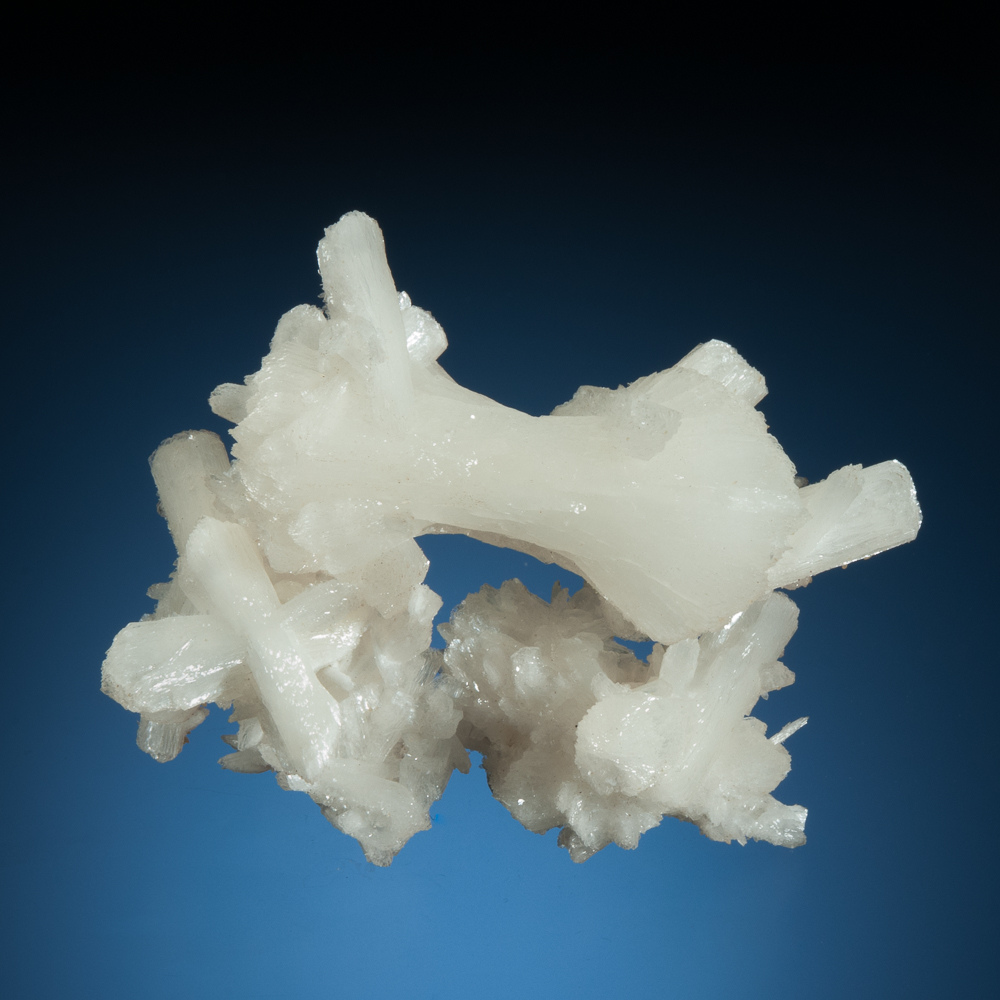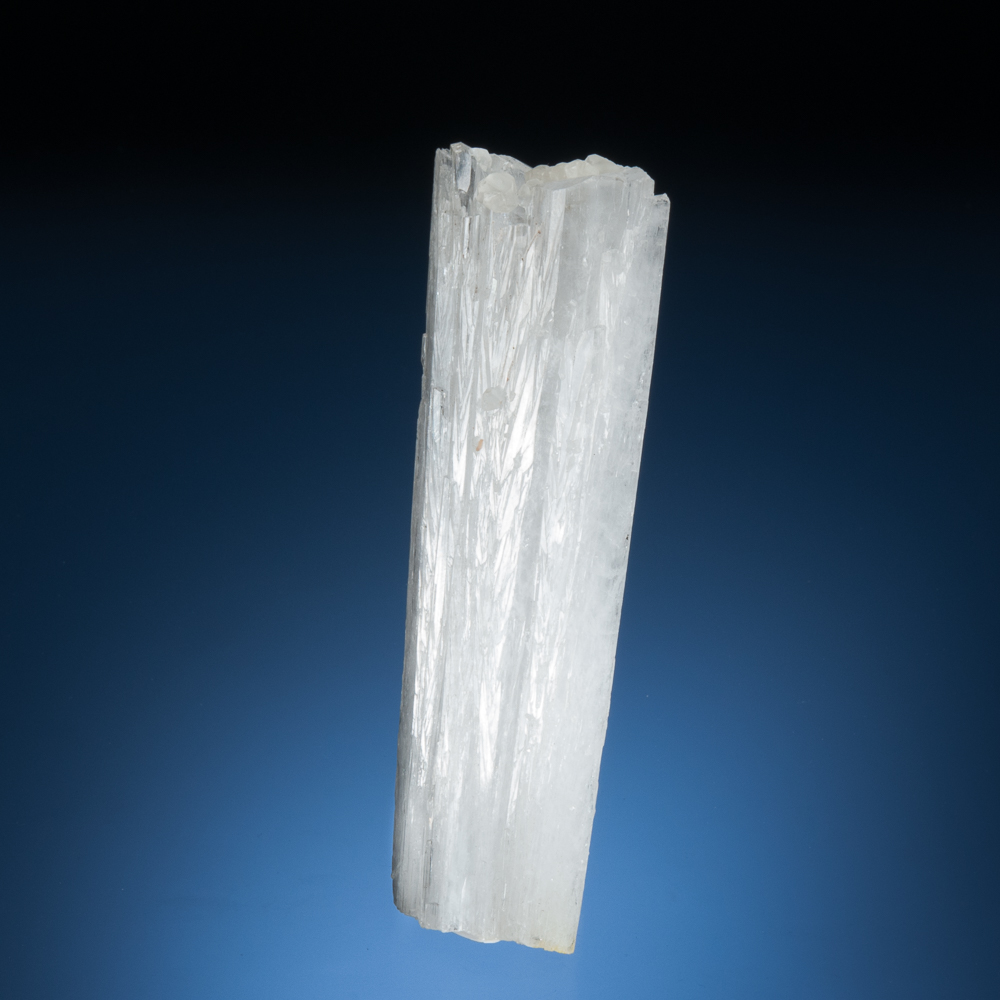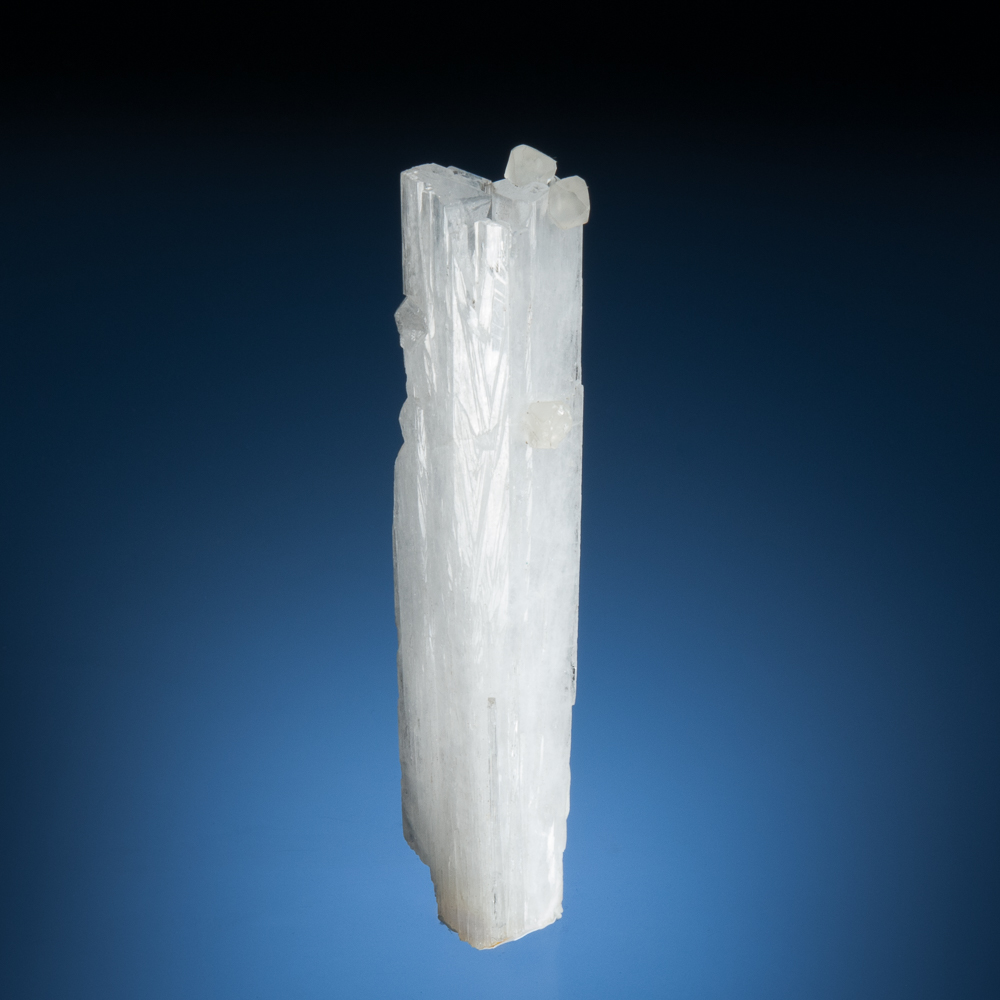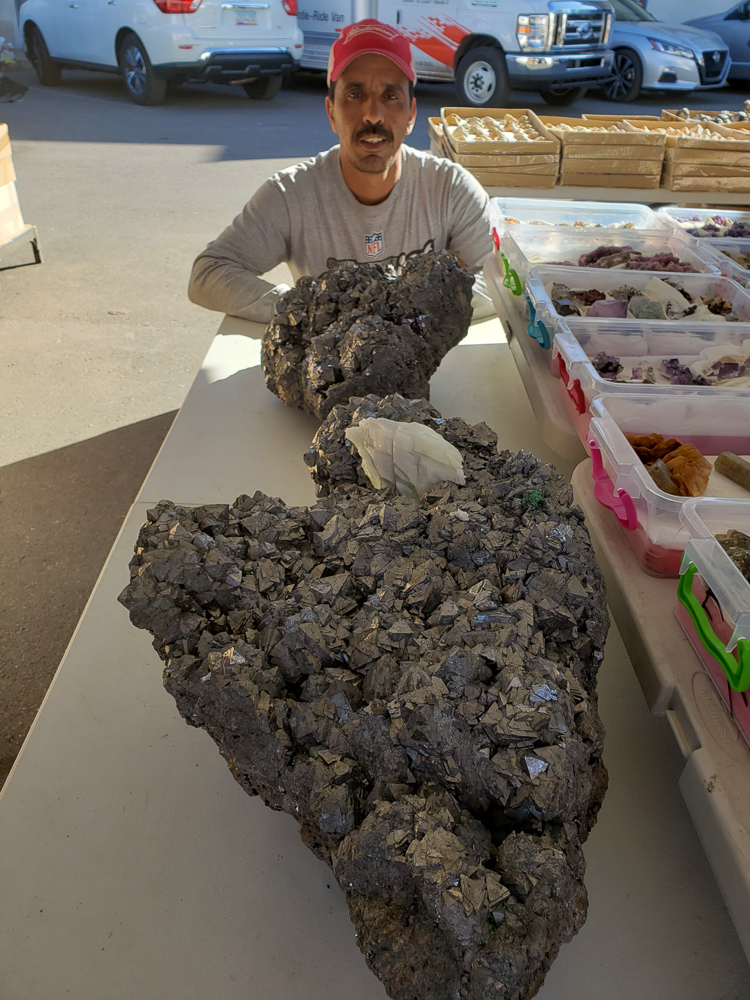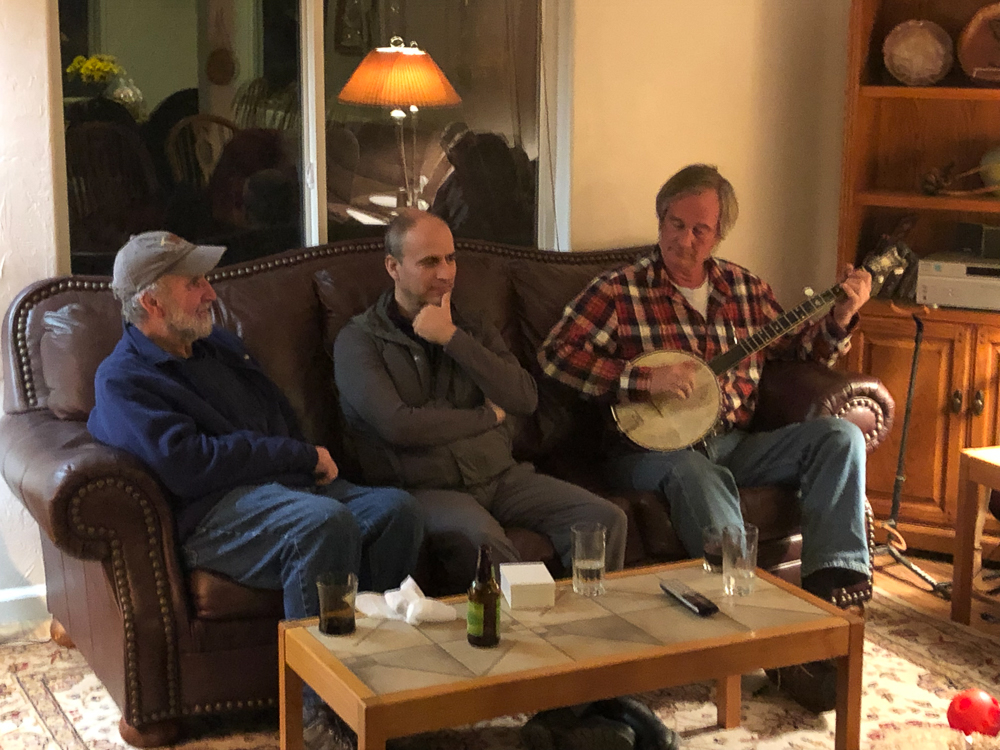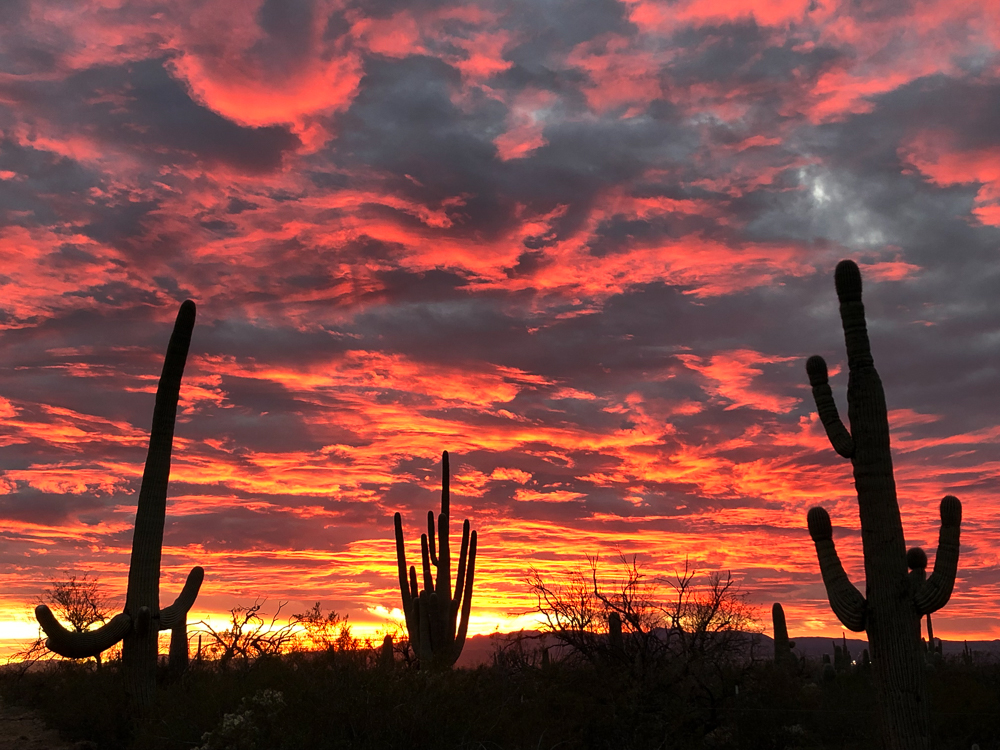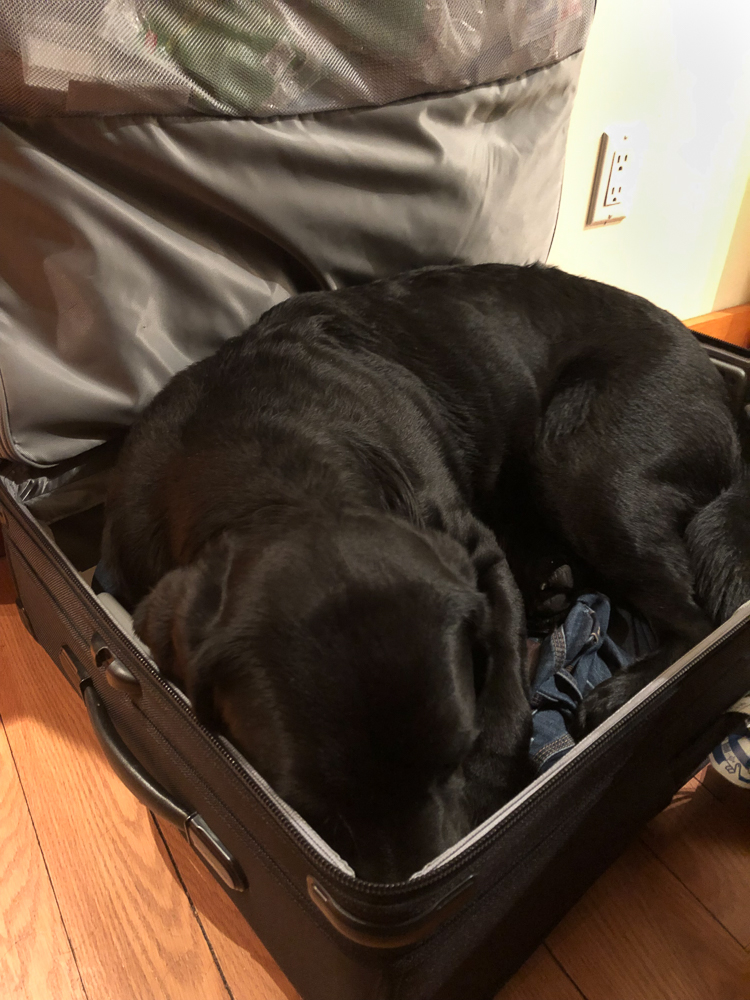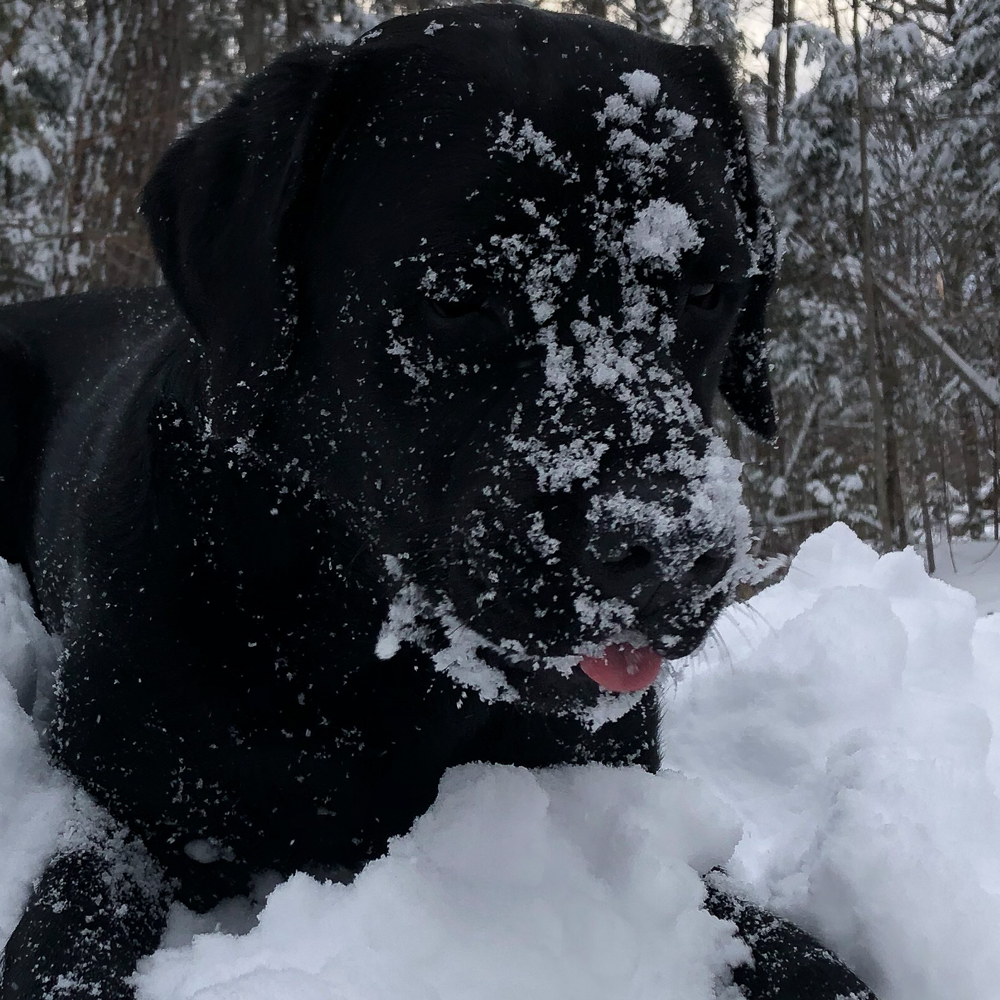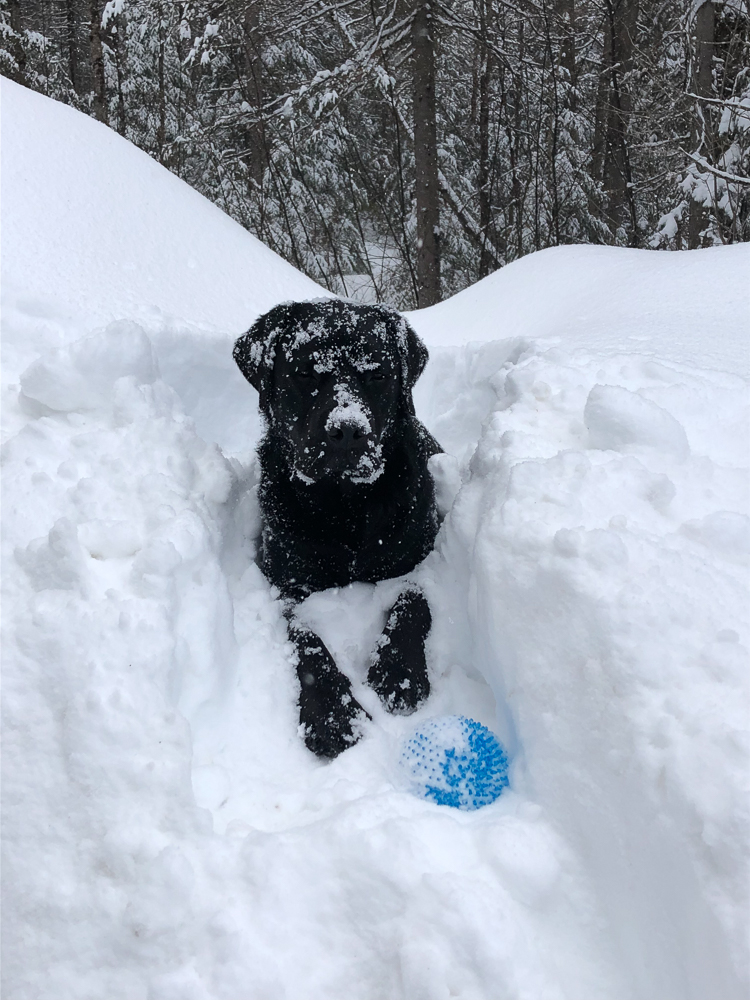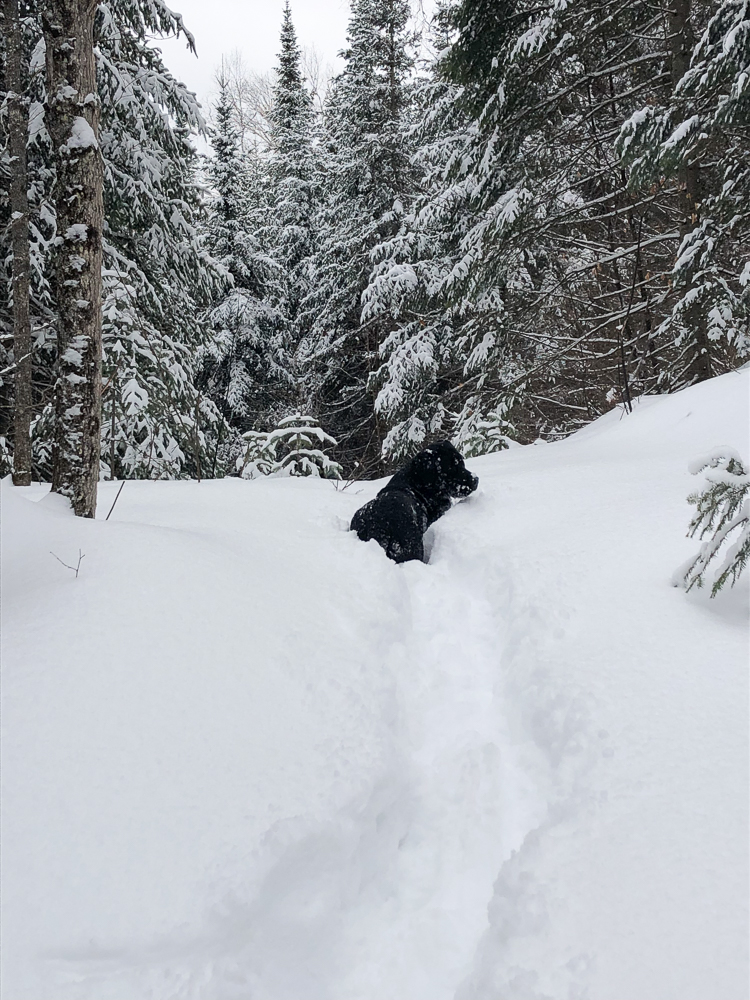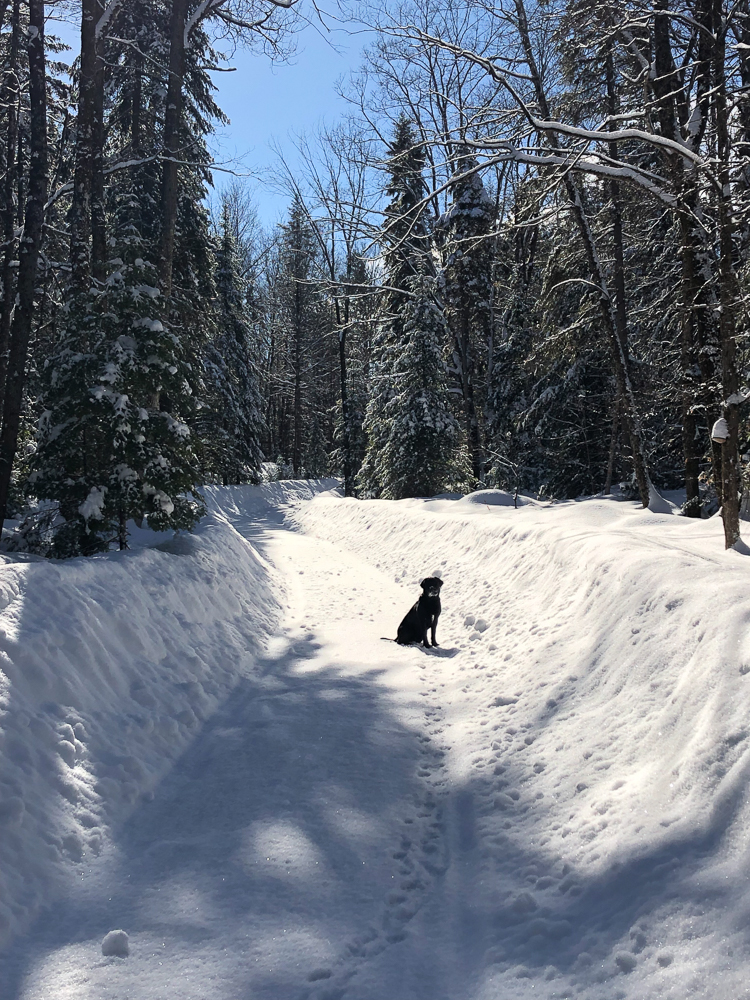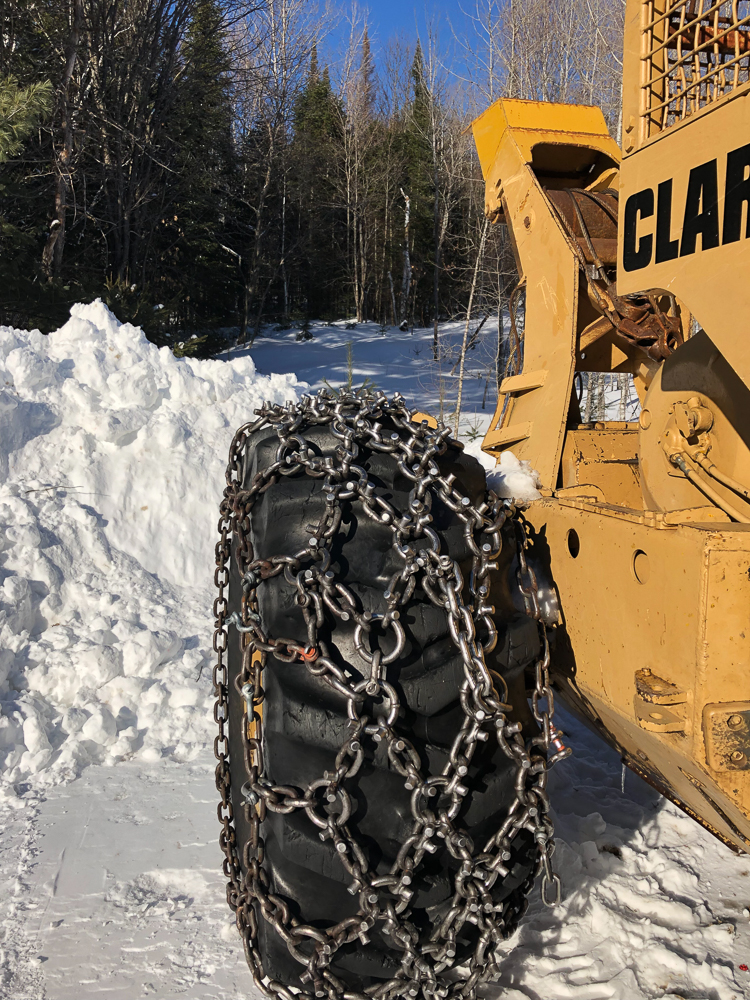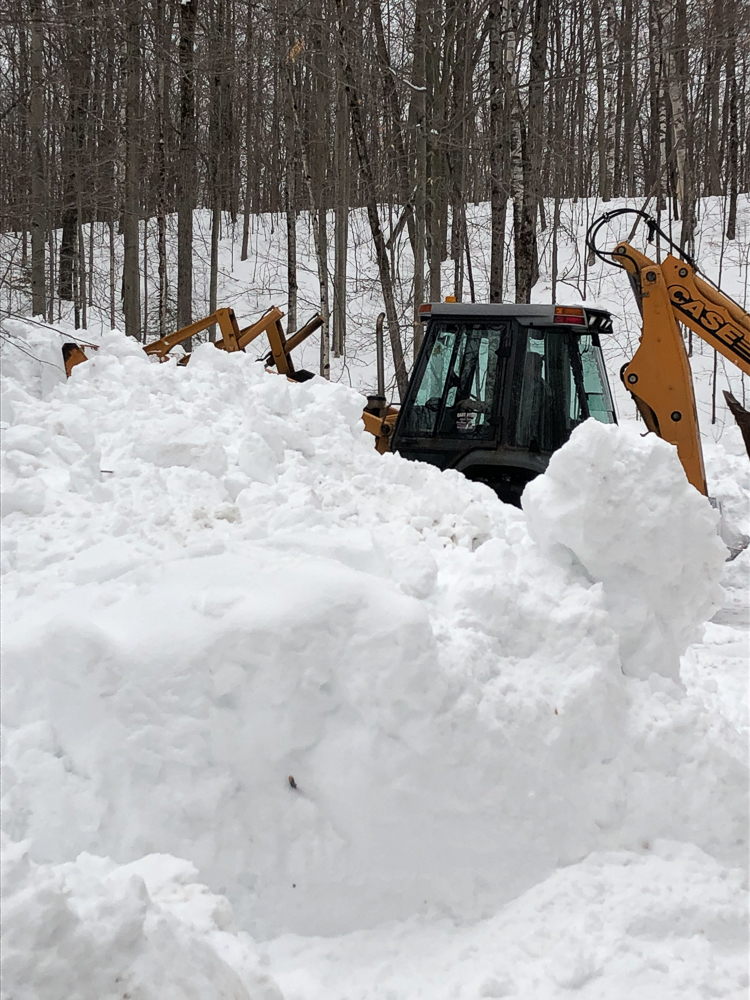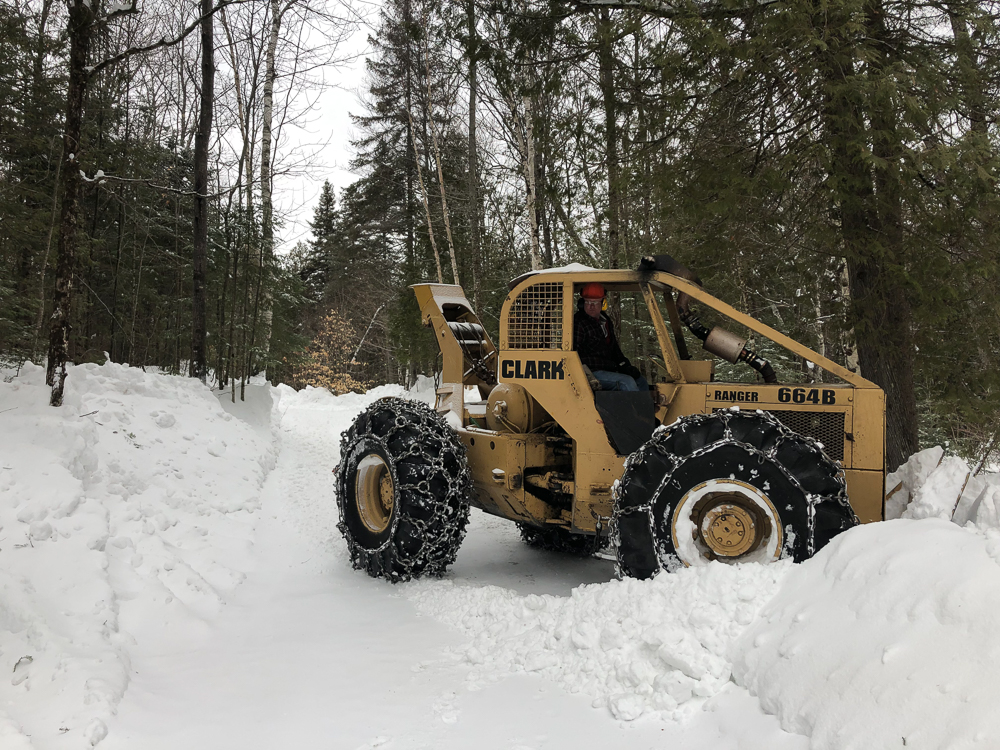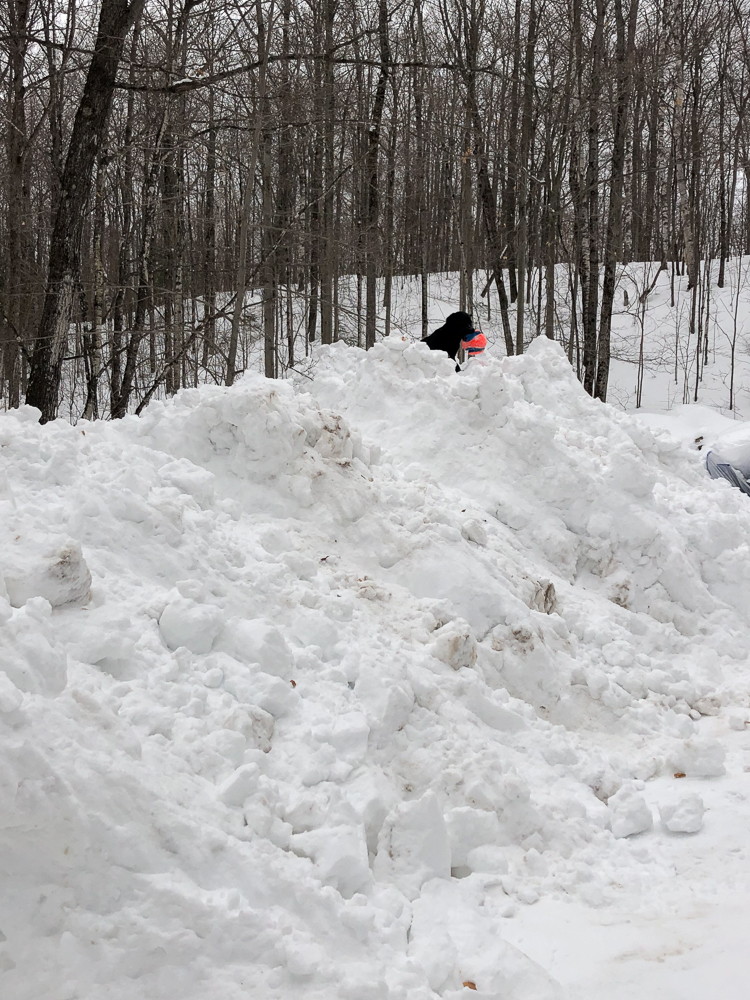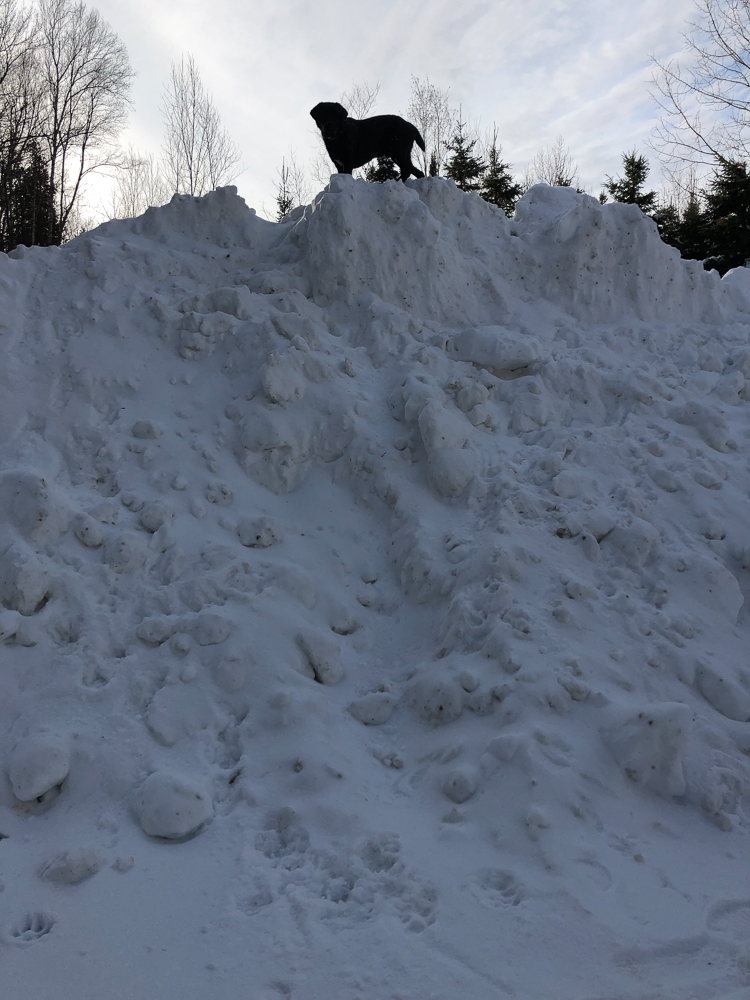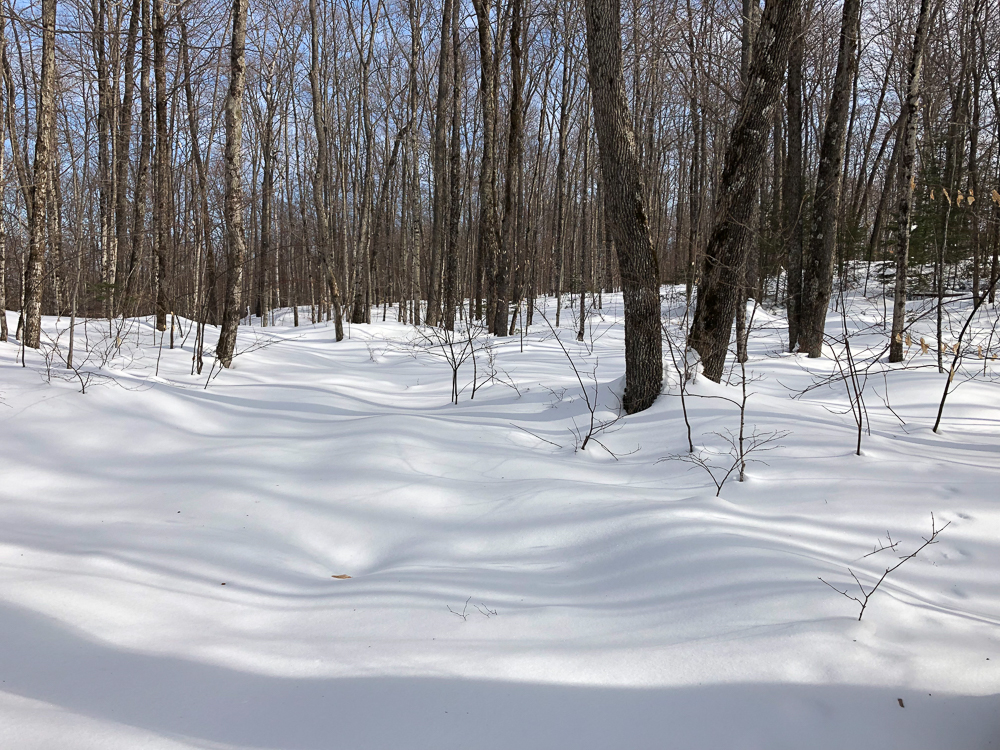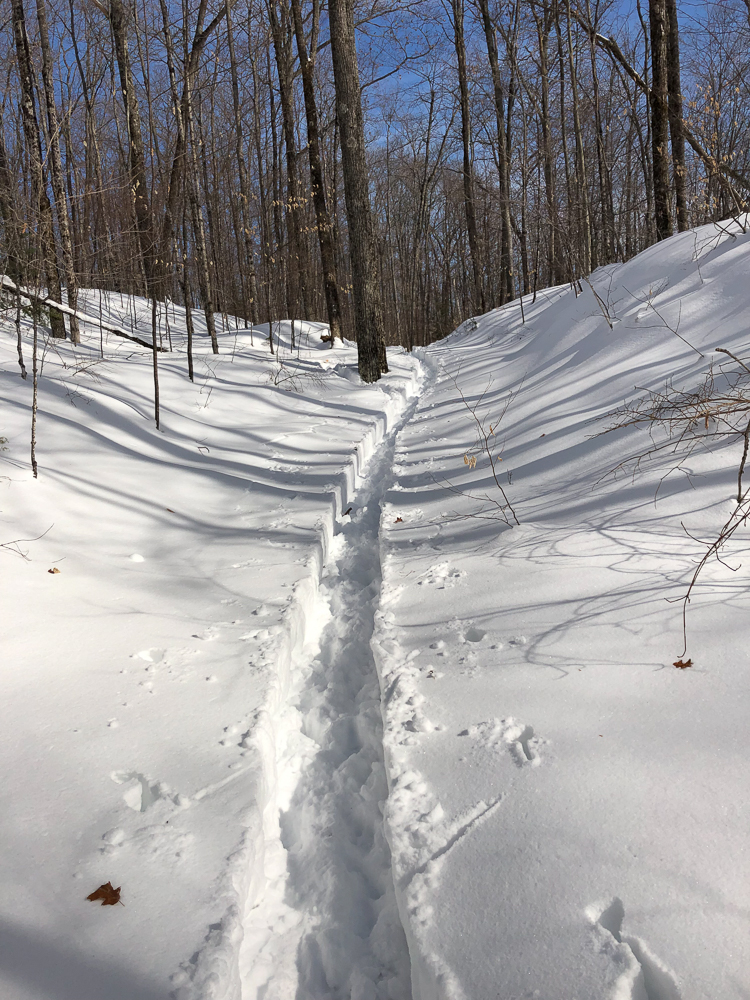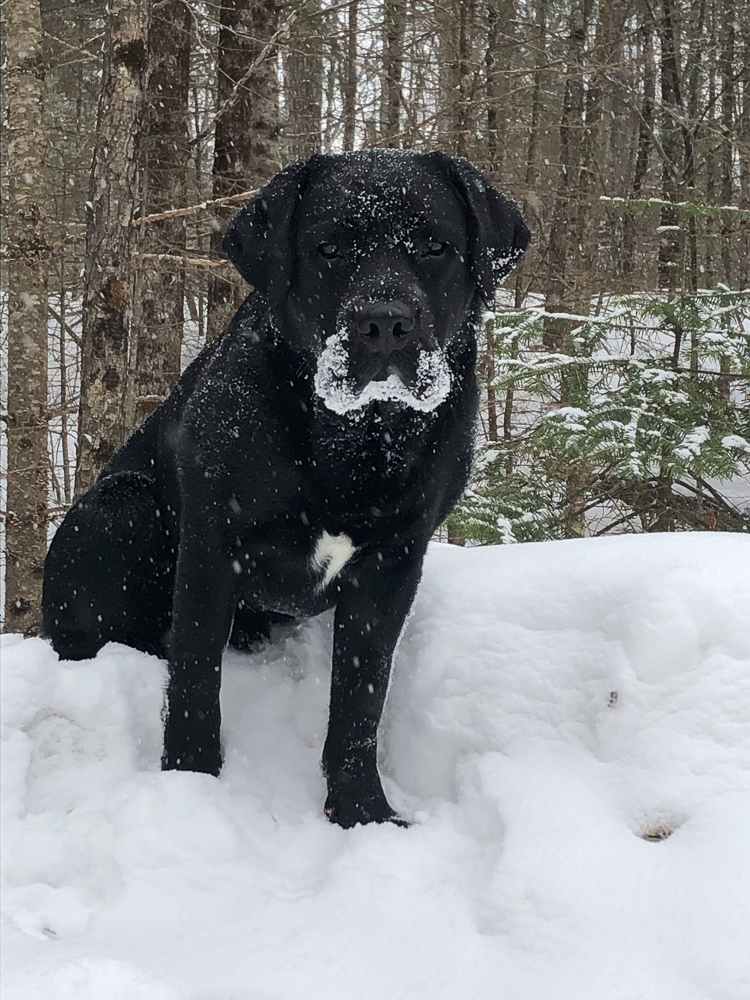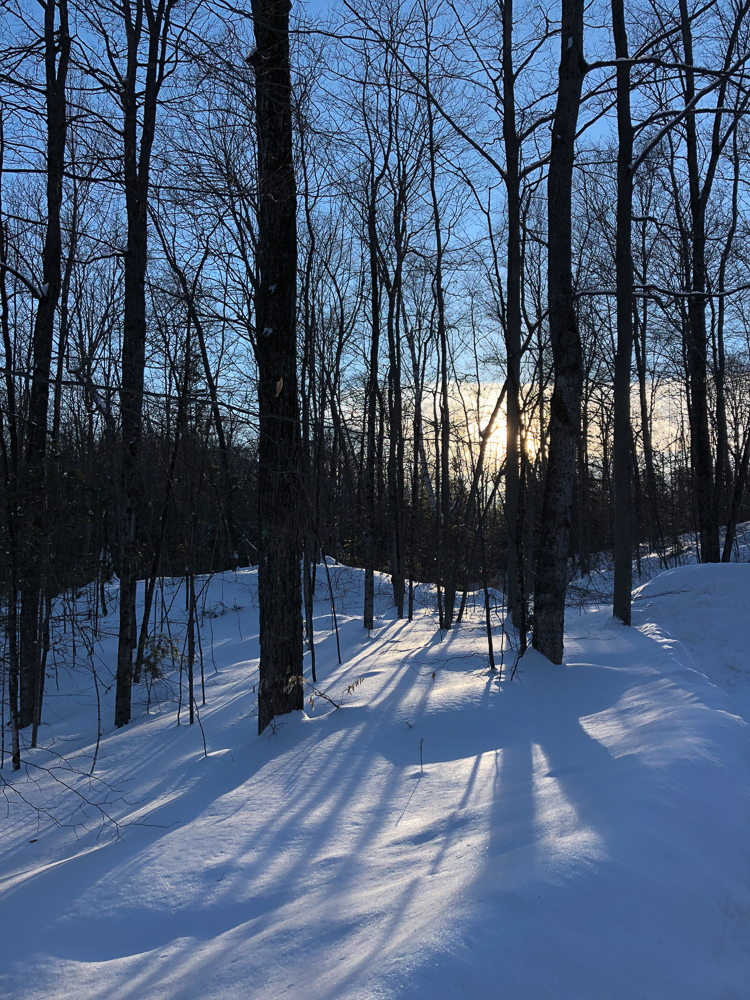Categories
Archives
I begin looking forward to Tucson each year as soon as I leave. I love arriving back again. The Tucson Gem and Mineral Show, here we go!
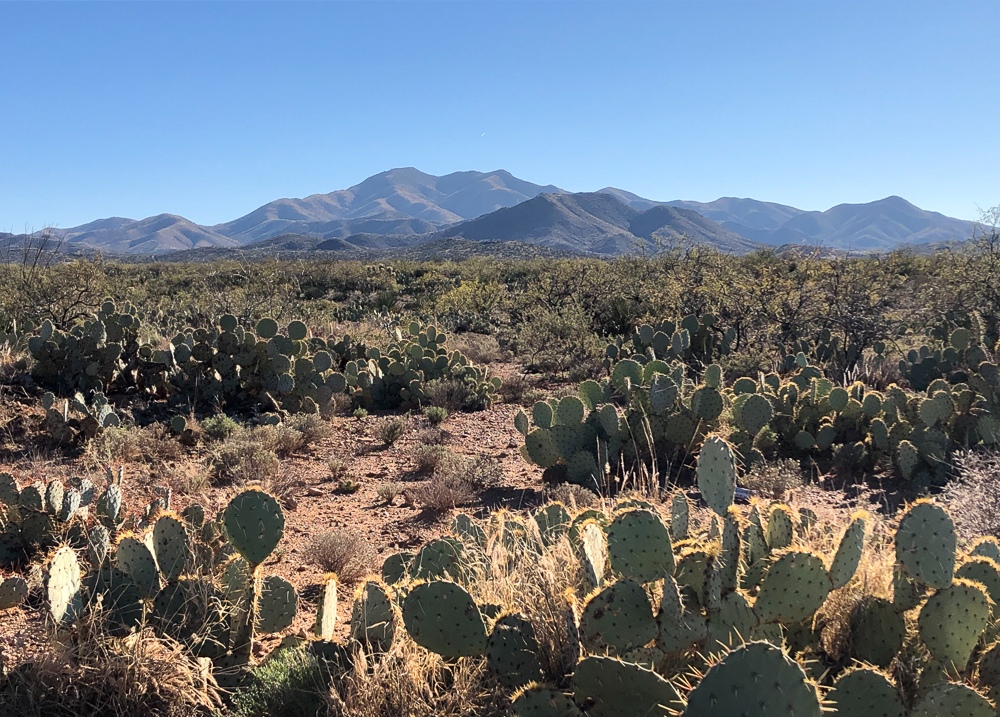
My home while in Tucson, the Santa Rita Mountains
I am very lucky, I am graciously hosted by my good friends David Joyce and Carol Teal at their place in the Santa Rita Mountains. Thank you both so much!
I should add that I am also hosted by their dog, Riley. Riley is a character. It’s not many dogs that can’t instantly become comfortable that I’m a dog person, but Riley has been very suspicious of me for years. We made major progress last year, and finally… this year we’re all good! It was my daily offering of Pupperoni treats that put me over the top.
Riley and I are officially good buds now
You may have heard some visitors were unimpressed with Tucson’s weather. Like much of North America’s weather, it was a little unusual this year. In January and more than once in February…
Snow in the Santa Rita Mountains
Snow cactus!
I do understand why some folks get a little twitchy in Tucson at any sign of the winter they’re trying to escape, but it melts so quickly and really isn’t that cold. (Unlike at home… see the end of this post…)
Rain was also on the way… always looks so cool and dramatic in Arizona.
And driving after a desert rain can be interesting…
The rain also gave way to…
Believe it or not, this really does end in the direction of Tucson…
For most of the trip, any Canadian would say we had pleasant weather. And it’s a beautiful place, particularly up in the Santa Ritas – quiet, peaceful, wildlife…
Of course, what we’re here for is not the weather, but to see friends and contacts all over Tucson, looking for great new mineral specimens. Urban field-collecting at its finest! The shows are all over Tucson, with new venues and shifting dealerships – it can be a challenge just to find everyone.
Hotel Tucson City Centre (the “Inn Suites” as many of us still call it) – lots of dealers there!
This year I’m going to start with a find that is not new, as it has been ongoing now for a while. I have been watching the specimens of the beautiful Indonesian amethyst often referred to colloquially as “grape amethyst” from the Mamuju area, Sulawesi Barat Province, Sulawesi, as the production from this locality has developed. There is a super article on this locality in the November-December 2018 issue of The Mineralogical Record. This find has been producing since 2015, and when the first specimens reached the market, they were both popular and highly-priced. In the early days, a large number of the specimens were of inferior quality. Many had damage and/or had poor colour, many were poorly prepped, and the prices were all over the map. While I sometimes like to jump on excellent specimens when they are first available, I wanted to wait on these until the quality and prices improved. Obviously this is a risk and it can backfire, one can miss out. But this time it worked well – these are beautiful specimens of top quality!
Quartz, var. Amethyst, Mamuju area, Sulawesi Barat Province, Sulawesi, Indonesia – 7.8 cm
Quartz, var. Amethyst, Mamuju area, Sulawesi Barat Province, Sulawesi, Indonesia – 8.1 cm
Quartz, var. Amethyst, Mamuju area, Sulawesi Barat Province, Sulawesi, Indonesia – 7.1 cm
From a relatively new find, there is new Madagascar fluorite of a fine deep green colour, from Mandrosonoro, Ambatofinandrahana, Amoron’i Mania. The green varies in darkness, and the hue is reminiscent of the specimens produced at the Rogerley Mine, Frosterley, Stanhope, Co. Durham, England. These Madagascar specimens are collected by local inhabitants and the quality of the first specimens I saw, in Ste Marie last June, was very poor. On the whole there is still a lot of damage, but I was able to find a few really nice ones in Tucson, and they are really reasonably priced. These fluorites fluoresce intensely – I’ll include some UV photos when I put the update together. The colour of these fluorite specimens varies depending upon light source – these photos are adjusted to basic daylight, shade (same as all specimen photos on the website).
Fluorite, Mandrosonoro, Ambatofinandrahana, Amoron’i Mania, Madagascar – 6.9 cm
Mandrosonoro, Ambatofinandrahana, Amoron’i Mania, Madagascar – 8.1 cm
From South America, a brief start with news from Peru. n 2017 and 2018, there were impressive finds of clinozoisite and epidote at Cerro San Cristobal, San Vincente de Cañete, Cañete Province, Lima Dept. Many of you will have seen the clinozoisites last year (they are HERE if you missed them). At that time, the operations at the quarry had passed through the clinozoisite zone and were into well-crystallized epidote crystals. Many crystals have simple chisel-tipped looking terminations, and the lustre varies from matte to brilliant glassy in the best specimens. I only brought back a small number of the highly-lustrous specimens – very hard to find high quality pieces but a few did come out!
Epidote, Cerro San Cristobal, San Vincente de Cañete, Cañete Province, Lima Dept., Peru – cm
Epidote, Cerro San Cristobal, San Vincente de Cañete, Cañete Province, Lima Dept., Peru – 3.6 cm
Also from Peru, some unfortunate news for collectors. One of my favourite Peruvian localities, the Mundo Nuevo mine, has been closed. There were apparently many problems at the mine and it just became too difficult to manage the issues and keep it open. I do have a nice group of specimens from Mundo Nuevo that I have not yet posted, but they pre-date Tucson – I wasn’t able to acquire any good Mundo Nuevo specimens.
From Brazil, I was very lucky to find three superb xenotime-(Y) crystals. These have good size, are excellent quality – really super for the species!
Xenotime-(Y), Novo Horizonte, Bahia, Brazil – 3.2 cm
One entry of note from Dal’negorsk, Russia – a handful of small “towers” of sphalerite, labelled as being sphalerite after aragonite (and one seller said they were after calcite). I have seen no carbonate core with any of these little towers, so I confess I’m uncertain as to how this identification was made. Unfortunately, almost every one I saw was damaged, but here is a great one.
Sphalerite, Dal’negorsk, Primorskiy Kray, Russia – 5.1 cm
Closer to home, there was a new find of sceptre-growth quartz in North Carolina. The underlying quartz is typically dark and may be slightly amethystine, while the overgrowth is light in colour, sometimes lightly amethystine. For now, the locality has been given the name “Purple Flame Pocket” and not much more detail, and although I have not seen any pieces that could be described as “flaming purple”, they are very nice specimens.
Quartz, var. amethyst, “Purple Flame Pocket”, Cabbaras Co., North Carolina – 3.9 cm
Quartz, var. amethyst, “Purple Flame Pocket”, Cabbaras Co., North Carolina – 4.6 cm
One of the biggest stories from Tucson this year was the beginning of the sale of the late Rock Currier’s personal collection. As Rock was an amazing long-time presence in Mineral World, I’m sure he needs little or introduction to most of you. But I think it would be a disservice to him if I didn’t mention some of his notable achievements. He built his wholesale business, Jewel Tunnel Imports, into a major international dealership, he travelled the world for specimens, often as a pioneer in places where mineral dealers and collectors had not yet ventured, he was a driving force behind a lot of the content on mindat.org, he wrote articles with wit and humour accompanying more biting observations, and he built a superb personal mineral collection.
The opening was much-anticipated, and many of us went long before the opening time. My hat is off to the team at Jewel Tunnel, as they were more organized for this opening than anyone at any other opening in Tucson I have yet attended (that’s a lot). Like the wristband policy for rock concerts, there was no need to camp out – they were ready for us, numbers in hand, assigned in the order we arrived. At the designated time, we were then allowed to enter in order of our number with a pause between. So civilized! There was no shoving! (For any of you who have not been to these openings and might assume that courtesy, respect and order prevail, it is sadly not the case – shoving and rudeness happens at most of them… but not at Rock’s!)
It should be noted that many of the top specimens in Rock’s collection have been held back, to be sold at an auction at a later date. It’s also the case that because his collection was so large, this was only the first of what will be more events. This opening featured a variety of relatively expensive display specimens, and also more in-depth selections from a couple of geographic regions that were among his sources of fine specimens. One of these regions was India.
India was important to Rock, and in fact the name of his business comes from the railway tunnel built by the British in India, cutting through pocket after pocket lined with crystals of zeolite minerals, named the “Jewel Tunnel” by its builders. Rock was one of the first mineral dealers to go to the great localities of India’s Deccan Traps in search of specimens for collectors. He first went in the early 1970s, making connections with future suppliers, making trips to various quarries and localities, and collecting specimens personally. I found this part of his collection particularly interesting and also meaningful, as Rock really was fundamental to the development of the mineral specimen trade from India. I will have a few of Rock’s India specimens on the website in a future update. Many are simply nice specimens he acquired over those years, and all have Rock’s full descriptions of how he acquired them, and comprehensive labeling.
Stilbite, Pashan Hills, Pune, Maharastra, India – 8.6 cm
Personally collected by Rock Currier in 1974
Two world-class twinned scolecite crystals (with calcite perched on them):
Scolecite (twin) with calcite, Malad (Kandivali) Quarry, Ward 38, Mumbai, Mumbai District, Maharashtra, India – 11 cm
Scolecite (twin) with calcite, Malad (Kandivali) Quarry, Ward 38, Mumbai, Mumbai District, Maharashtra, India – 10 cm
There were of course lots more minerals and they will feature in future website updates – coming up over the next weeks!
There was one find at Tucson this year that won’t be represented on the website, but I feel should really be shared. Of course, Morocco continues to be one of the world’s most amazing mineral-producing countries, and I continue to acquire great specimens from there. Although some specimen localities have ceased production and others have been somewhat quiet, it seems that there are always exciting new specimens from Morocco. This year at Tucson, we saw the continuation of a development that began last year and even in smaller numbers of specimens before that. The mine at Ait Ahmane [LOCALITY] has been sporadically producing the world’s finest specimens of gersdorffite for years. These specimens have been rare, and because of the way they are found (the crystals have internal cracking) and then prepped from enclosing calcite using hydrochloric acid, the crystals are often incomplete – almost all specimens are damaged. Over the years, crystals have typically been small. But now, not so much (!). Beginning perhaps two or three years ago ,we saw crystals to over 3 cm on large blocks of massive gersdorffite, etched from calcite. Most did not make good specimens with mostly broken surfaces, and the asking prices were very (very) high. A few exceptional specimens made their way out last year at Tucson, and Dave Joyce acquired the best we saw last year for his website. This year though, there were some more and the specimens themselves are getting huge – they are beasts. There were a number of these Beast Gersdorffites, offered by Moroccan vendors. Unfortunately we really only saw Beast Gersdorffites, and a few broken smaller ones, but there were almost no more normal collection-size specimens.
Beast Gersdorffites – Don Doell photo
As is always the case, getting together with friends and having good times is a large part of the Tucson experience. I won’t go on at length with photos here, but this is one of the best and most irreplaceable parts of being in Tucson. I thought I’d include one favourite photo. Many of you know Dave is a great musician, including writing and singing mineral songs (if you don’t already know these or have them in a playlist somewhere, sample them here – have a listen to The Mineral Dealer). What many of you may not know is that although is an accomplished guitarist, and harmonica player, as well as singer-songwriter, he is also a great banjo player. And Dave’s artistic focus these days is on writing songs on the banjo. So, while Dave may not go through a Maharishi period, Dave is currently a musician in his banjo period.
Something that you may also not know, but is relevant to the photo – banjos are often maligned and the subject of jokes and derision among musicians. (There are great banjo jokes!) And as a tongue-in-cheek rebuttal, Dave has written a song, Banjos for Us All, advocating how the world would be a better place if only everyone had a banjo…
Dave playing Banjos for All, while Mark Mauthner ponders the lyrics (and also perhaps whether Dave has lost his marbles) and Lloyd Twaites keeps a poker face.
Well, it was an amazing time with friends and minerals, and until next year, the great memories from Tucson 2019 will remain fresh.
Meanwhile Back Home…
So there are a couple of things about being back home. One is the Rudy factor. I sure missed our little guy! I have written very little about him on the blog, and he’s no longer a small puppy. He’s a full-grown wonderful friend and companion. We’re always together, and so we were very happy to be reunited. In fact, he had a rather pointed message for me, before I had even unpacked my suitcase. “Dad, you are not leaving without me again. Next time, take me with you!”
Asleep in my suitcase
The second thing about being home is winter. Those of you who are my Canadian and northern American friends will easily relate to the winter we’re having.I thought I’d share a few photos. This is a bigger winter than usual, with some cool temperatures (down to -35C) and we have a bit of snow.
Hard to see the Jeep from the house these days…
Rudy is in absolute heaven – he adores snow.
Pretty good deal for him though – he only sinks as deep as his chest will allow, so he kinda floats near the top of it all.
You can see that here, where he really only sinks into the top couple of feet or less:
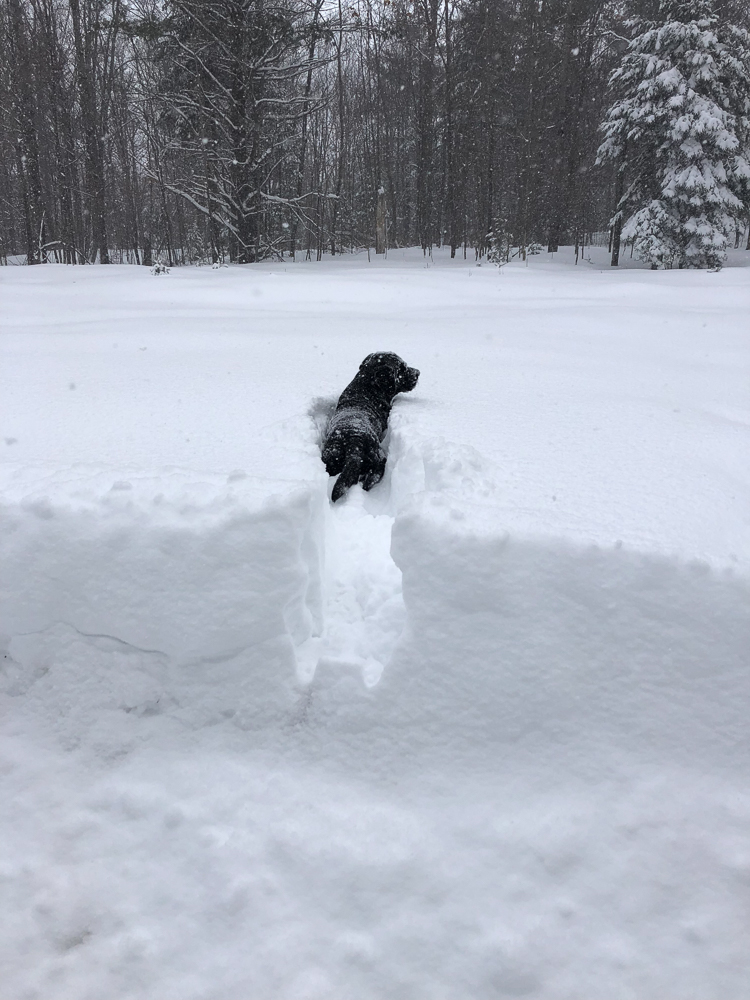
(Btw, if you’re wondering how he made such a clean profile into the top layer like that, he jumps in after the ball with style, getting lots of air, clearing the snowbank below the top layer with ease)
Even though his chest holds him up, it’s pretty tough work even for him, walking through it. The other day we were out for a snowshoe. He is smart and patient enough to know that letting me spend all my energy to cut the trail for him is the way to go. However at one point he decided to go for it – he passed me and tried his hand as the leader. This next photo is him looking back at me after about 90 seconds “Seriously? You gotta be kidding me. You’re taking the lead back!”
Soon after I got home from Tucson we had a storm of about 22″ (56 cm), on top of the snow that began in late October and has continued ever since then. By mid-February, our own access road (through the woods, inside our gate) had become little more than a little canyon in the snow.
You can see above that the tire tracks are right at the outer edge of the track… it was getting tight.
Not good. Obviously, no more place to put any of the next snow (it will snow here until mid-April or so), and no way for a fuel truck to get in (we do need our furnaces to keep running). So… no choice… we brought in the big equipment to open everything up again.
That project didn’t begin too well, because we have very thick, hard ice below the snow this year – more ice than we’ve ever seen. Even though the vehicles had chains, the ice was a problem for a while.
The skidder had four tires outfitted with chains and studs like this:
… and it _still_ slid halfway down our front hill on the first attempt to get up. (!)
Eventually, the vehicles made it in…
Moving banks with the backhoe
Opening the road with the skidder
And, success! Thanks Gary and Jesse!
We have an open road again, with lots of large snowbanks. Rudy for scale…
Rudy loves to play at the tops of the snowbanks. Our little mountain goat. This is the snowbank beside the house:
Aside from the work involved in keeping the house and road clear, winter is a beautiful and peaceful time out here. It even looks like you could simply step out into the woods and go for a pleasant stroll…
But as smooth and easy as it looks, it’s deep and impassable without snowshoes…
Unless you’re Snowbeard…
It’ll all melt by sometime in May, and in the meantime, it affords beautiful moments.
Wth any luck, it will ease up enough to let me post lots of new updates – coming soon!


